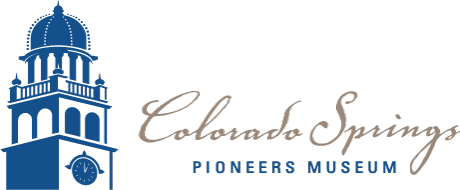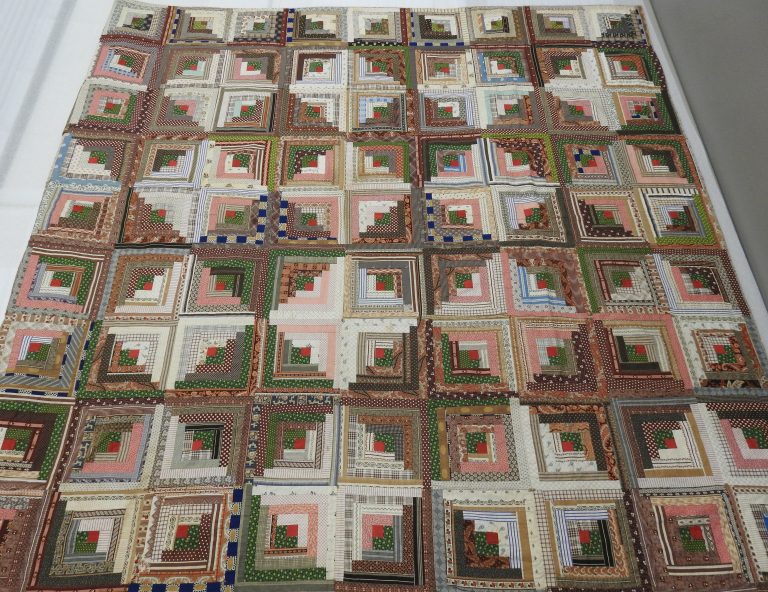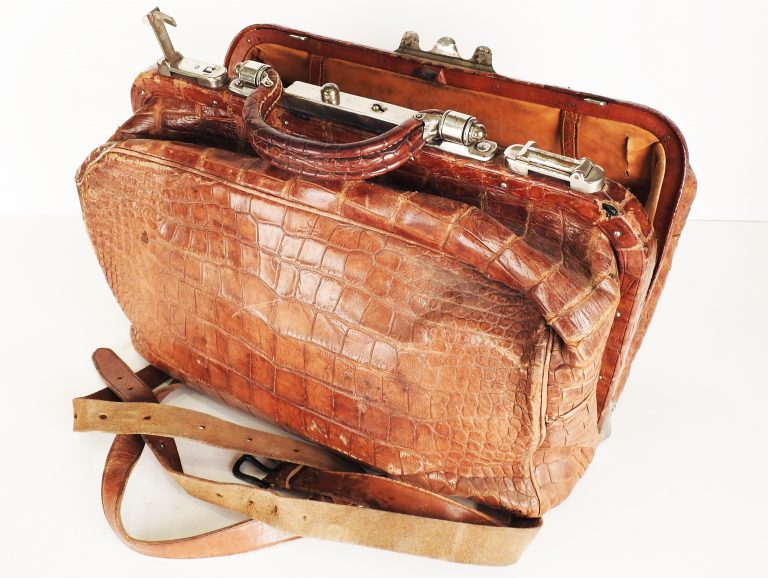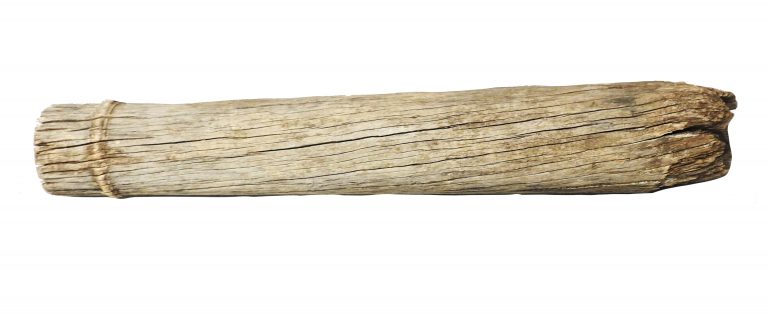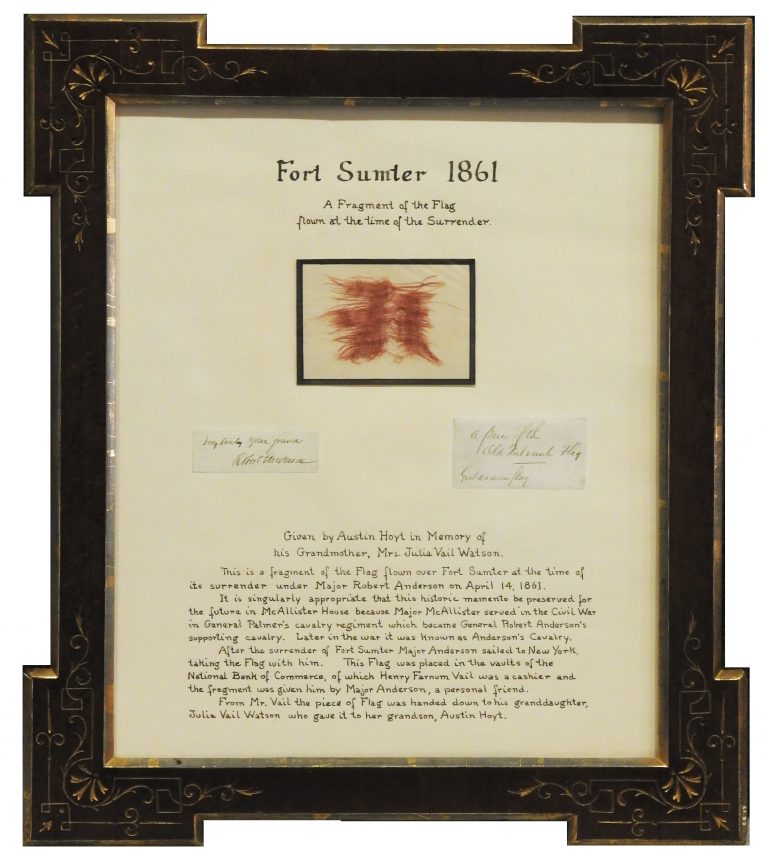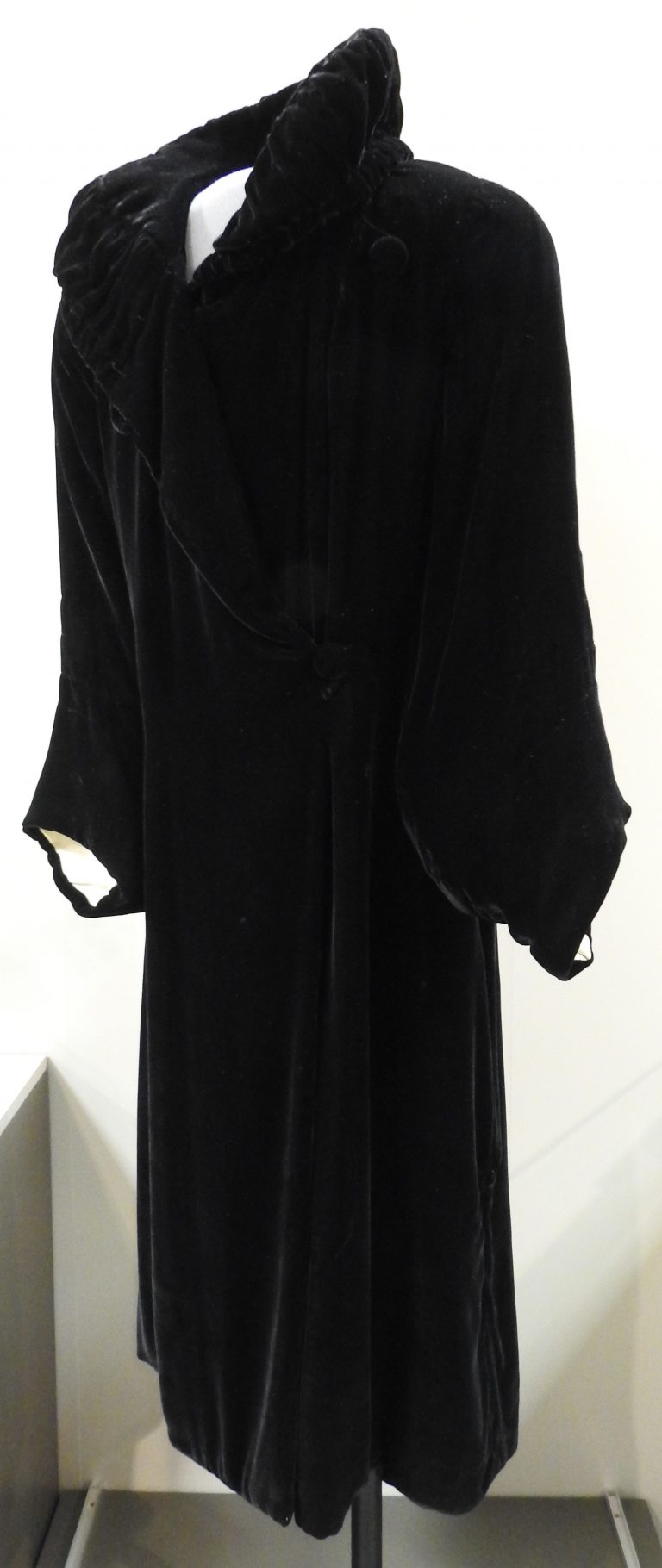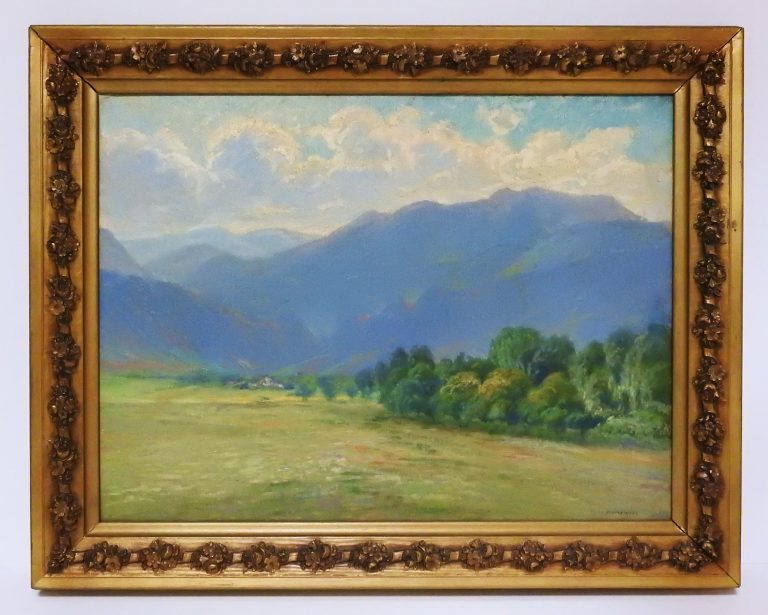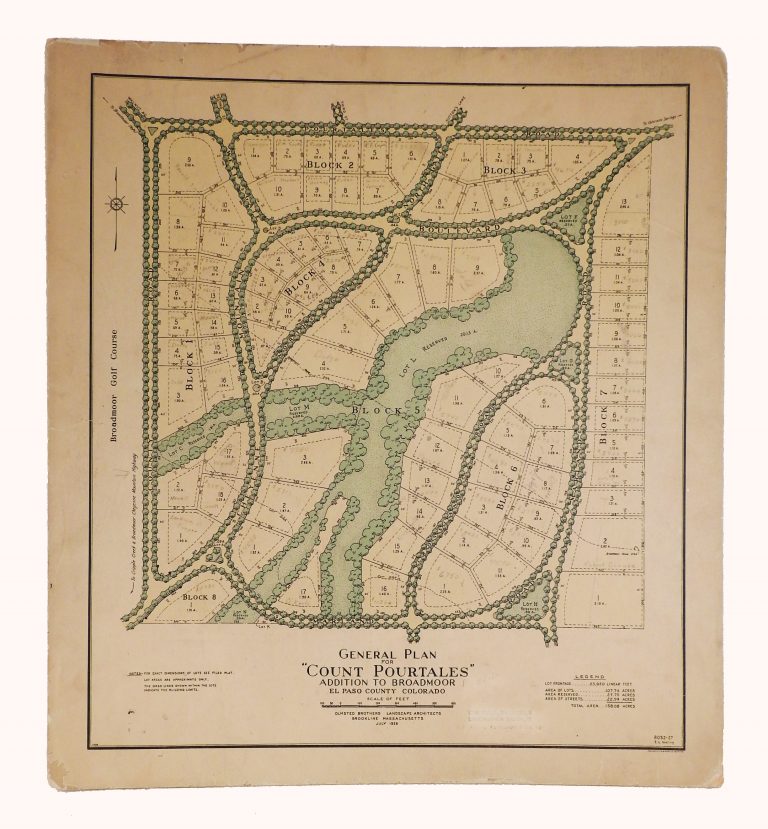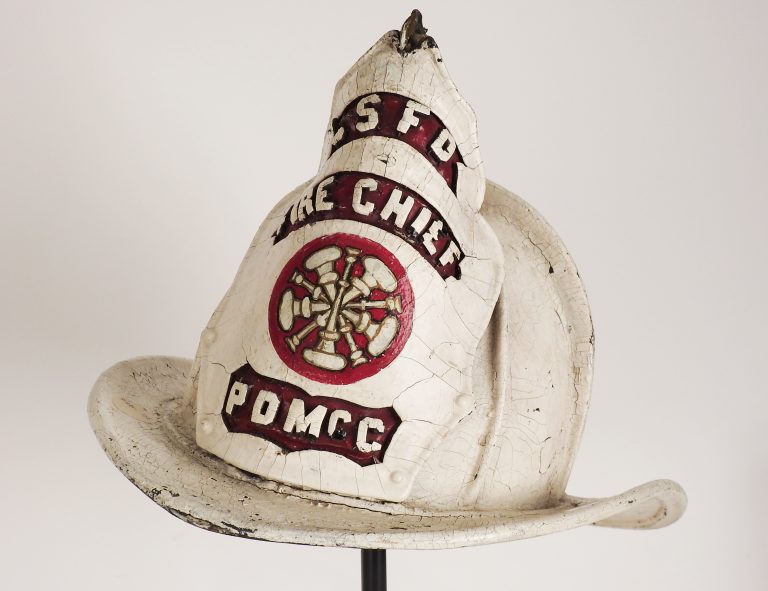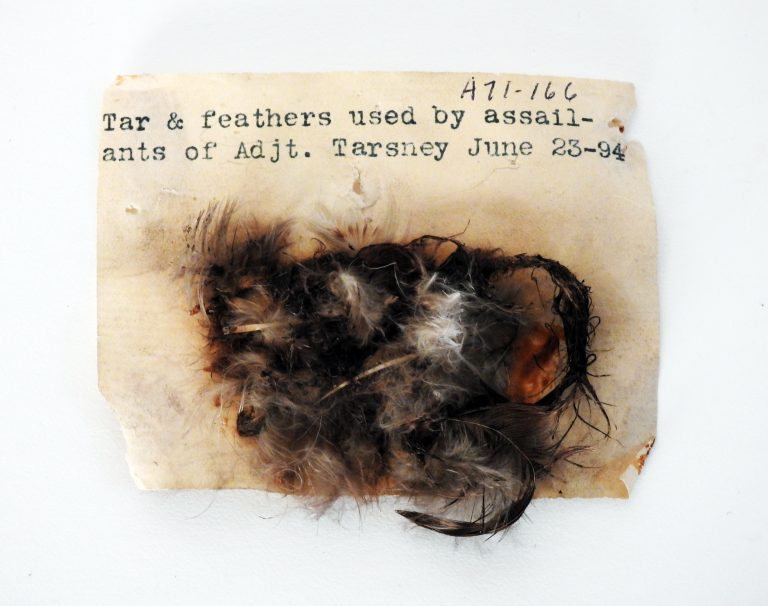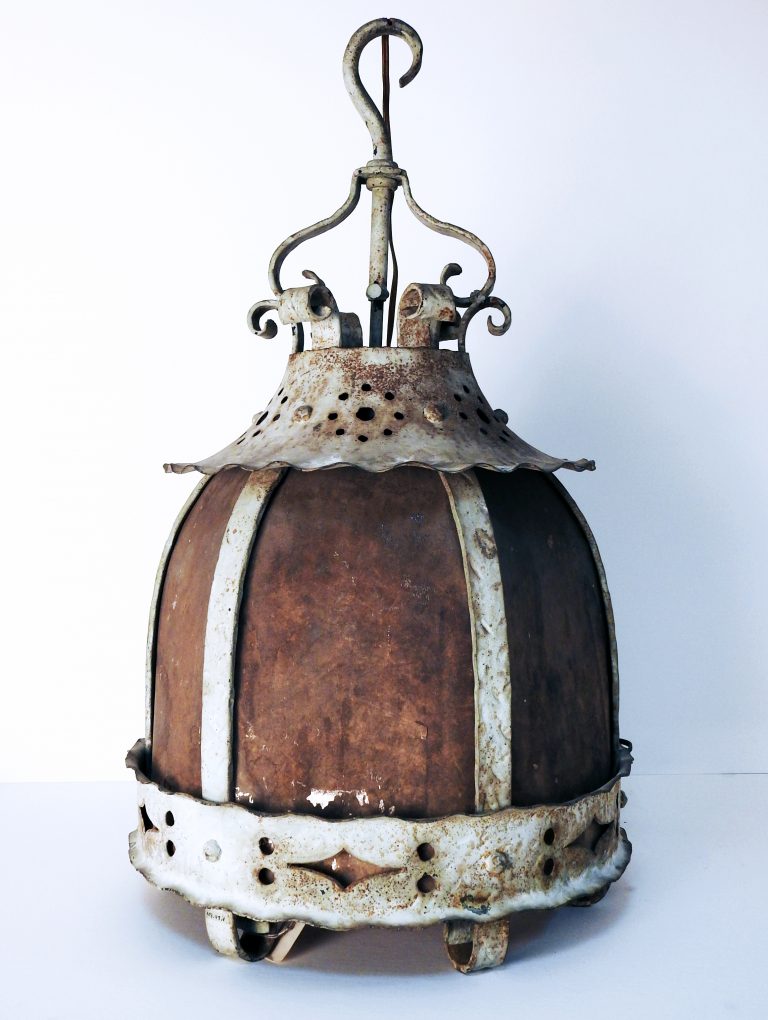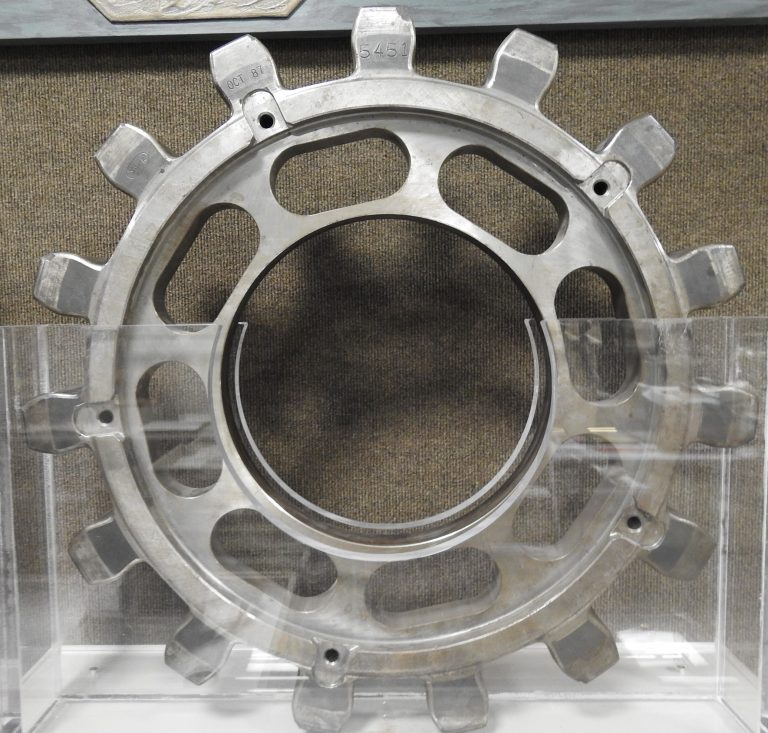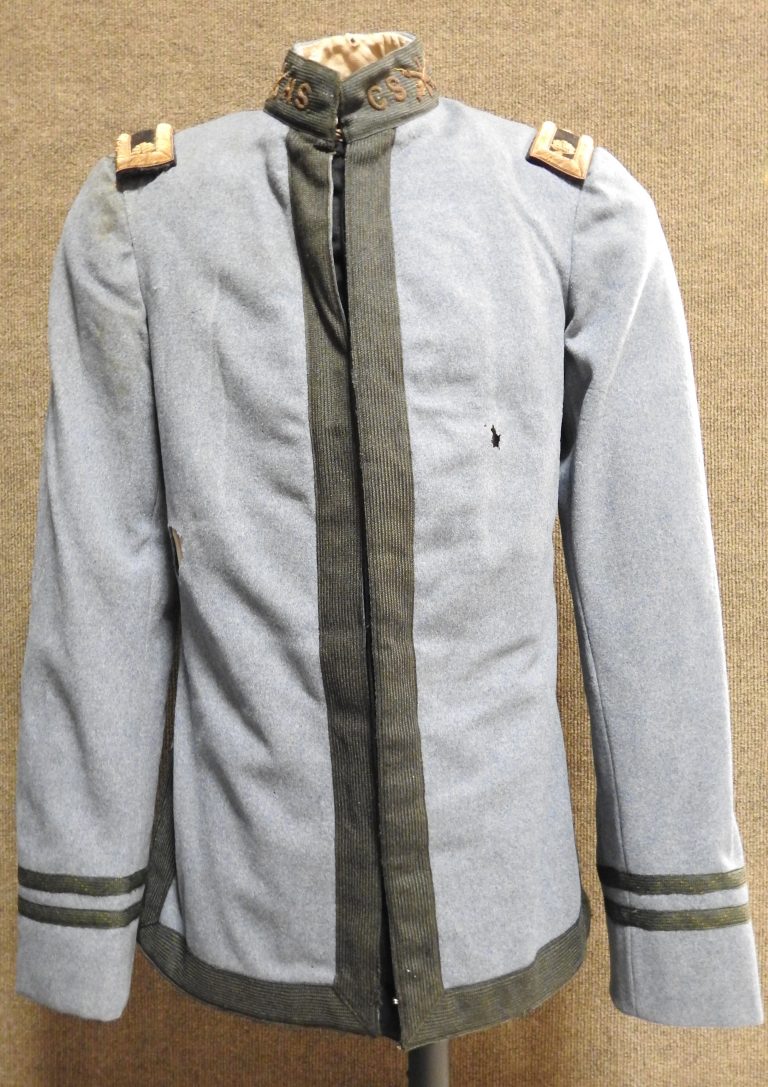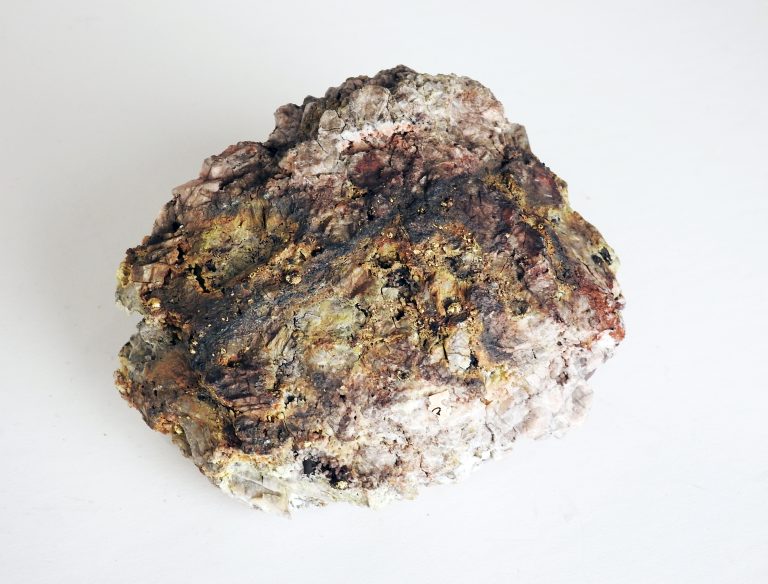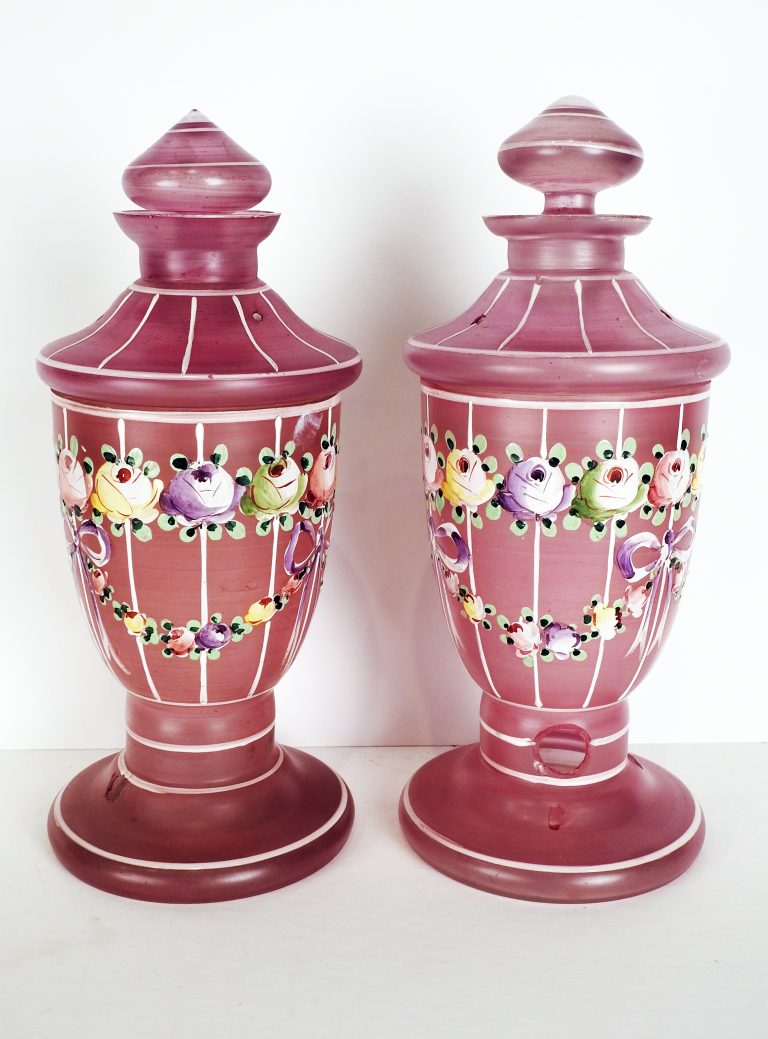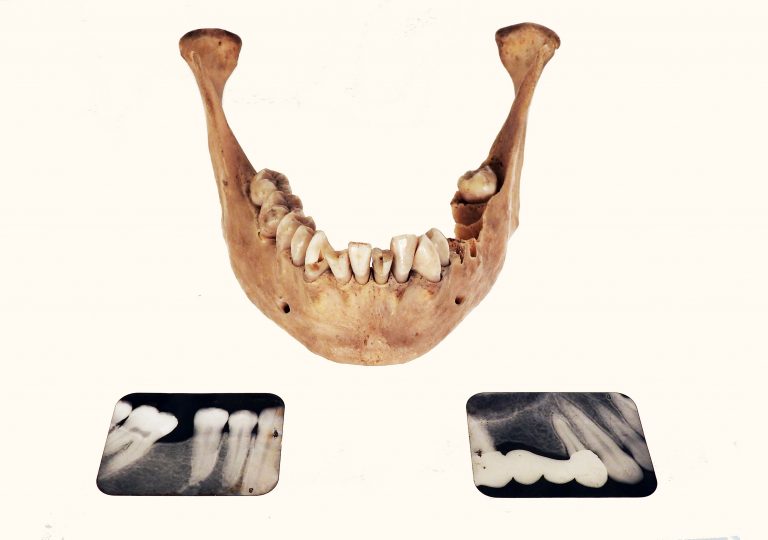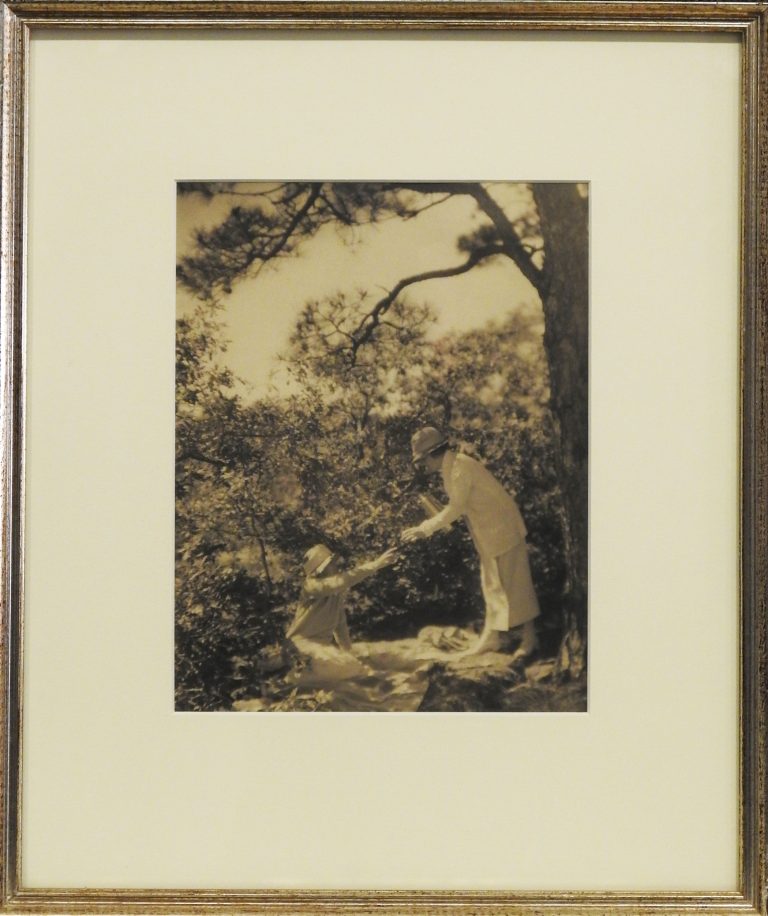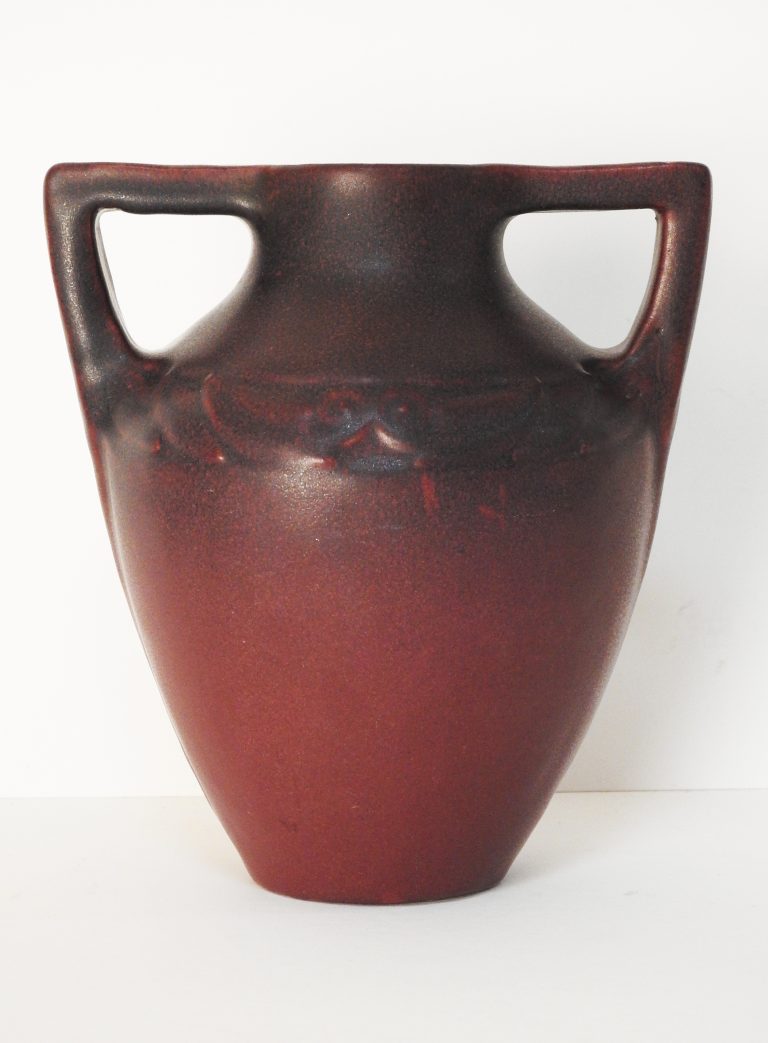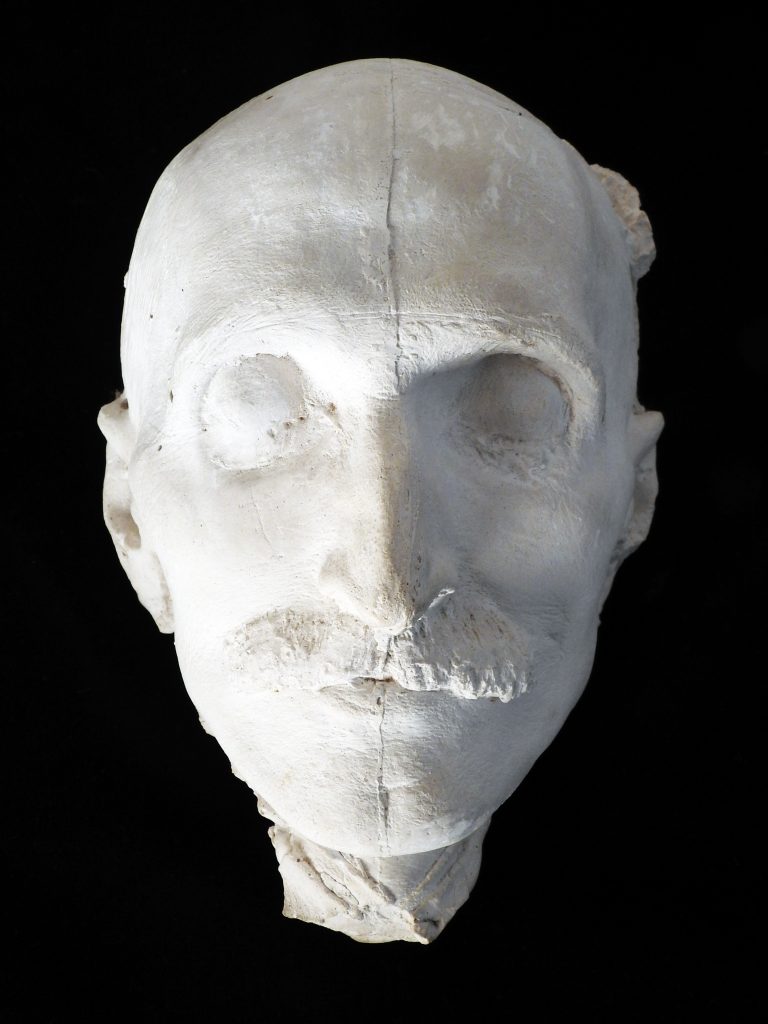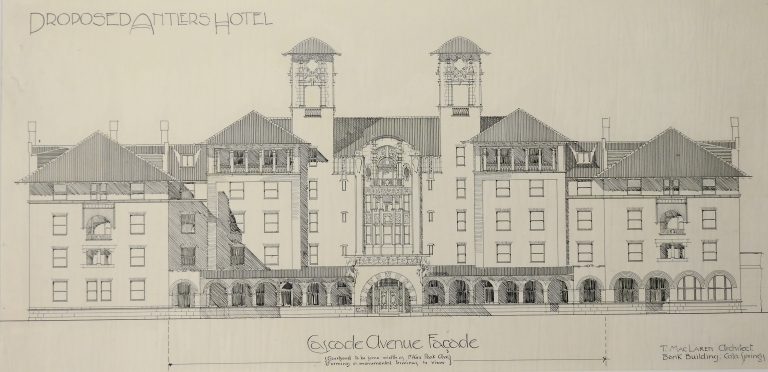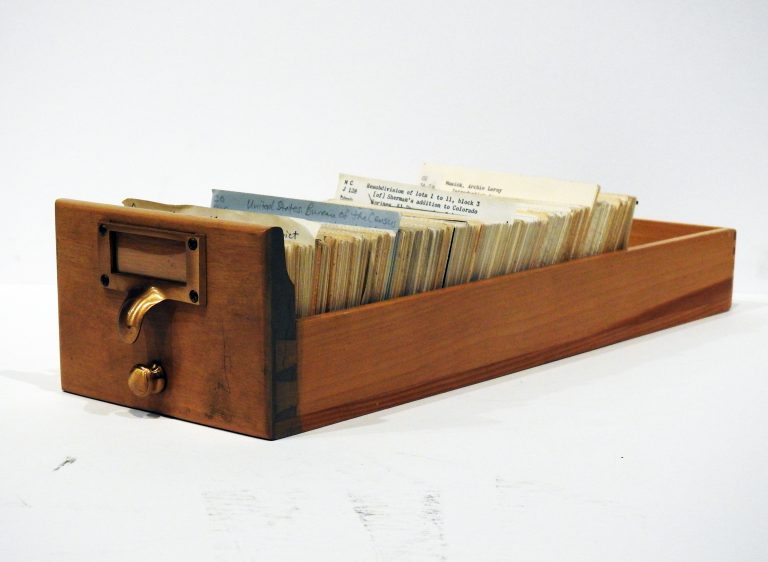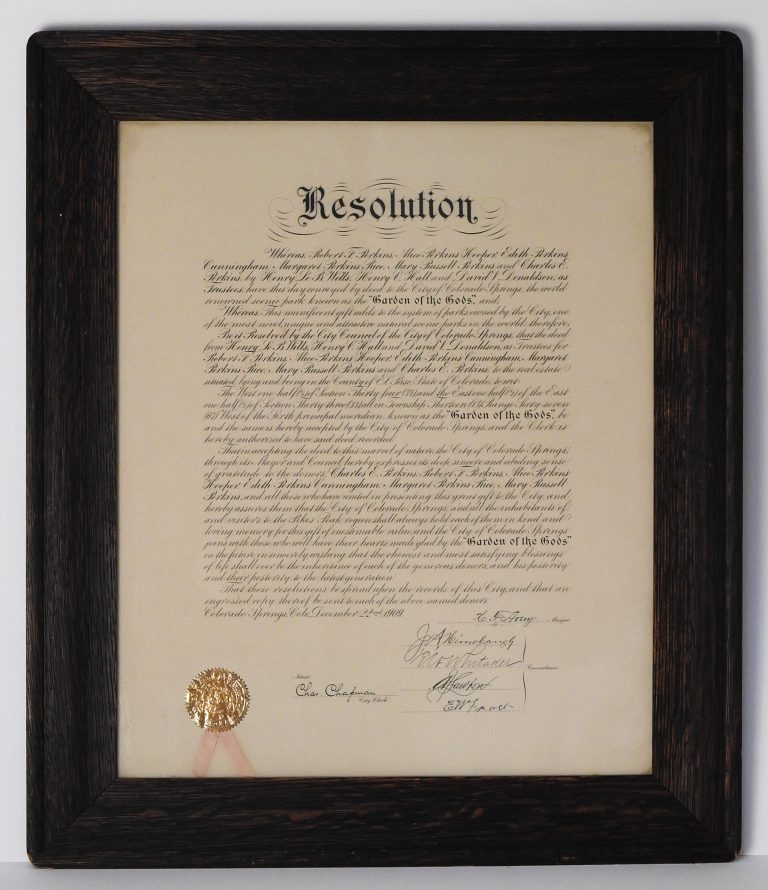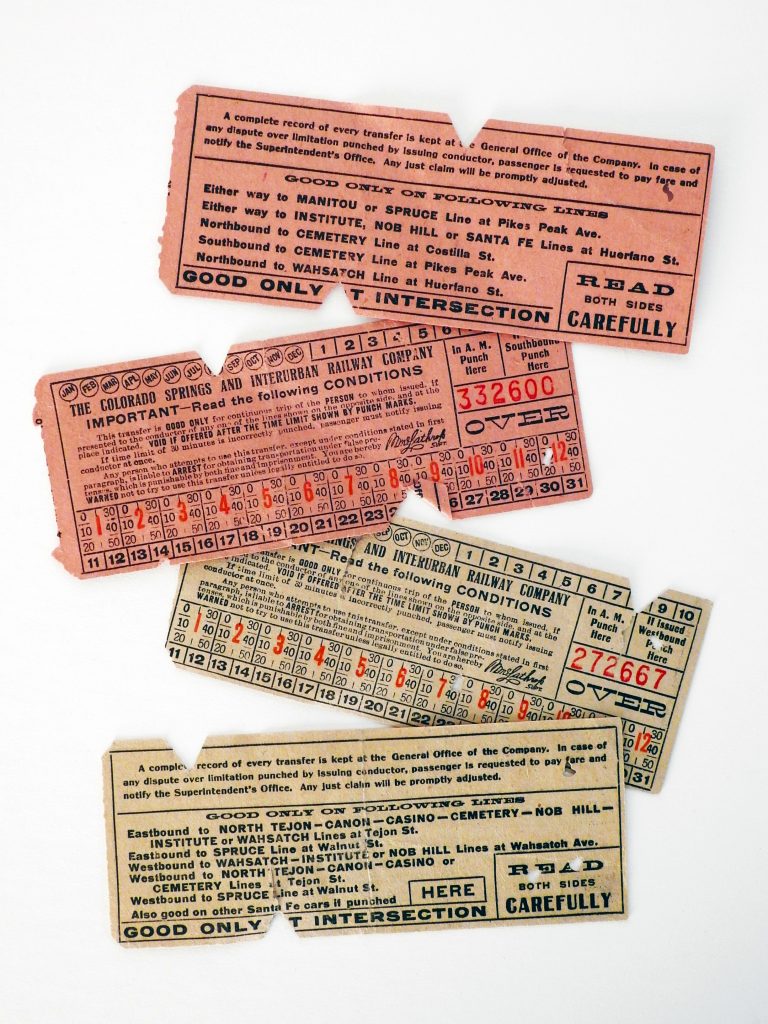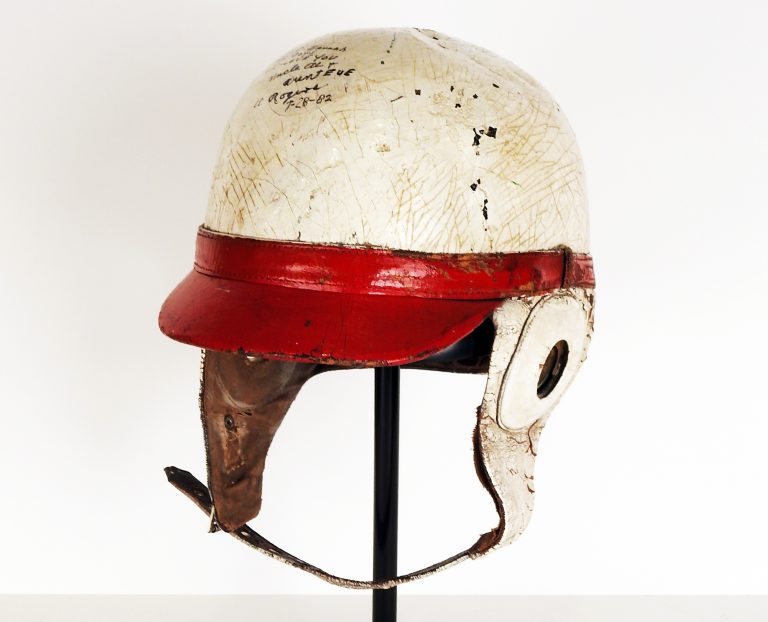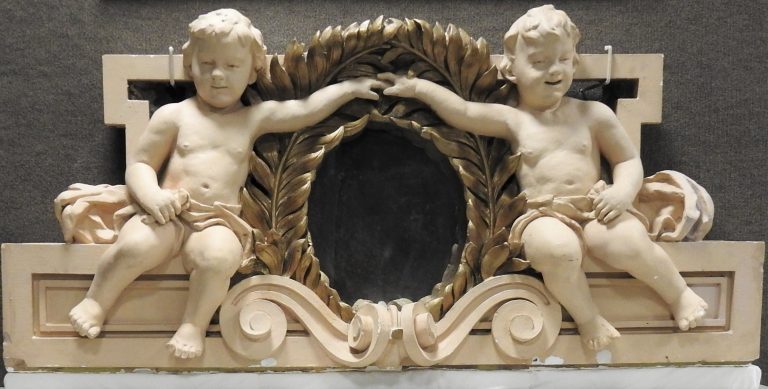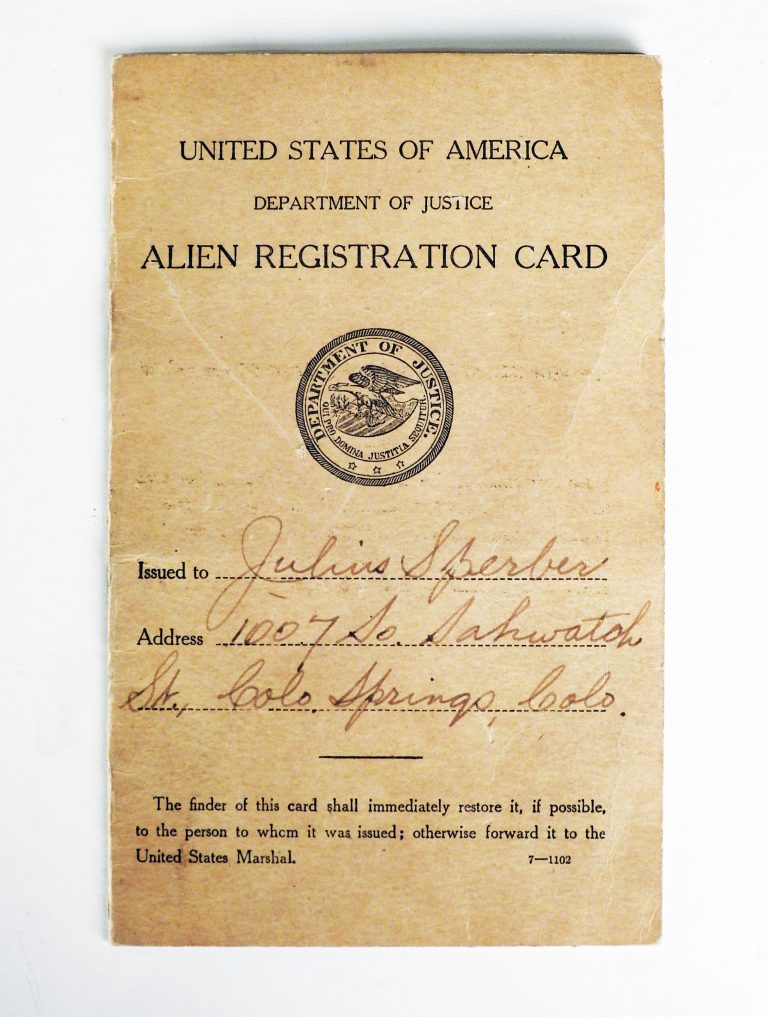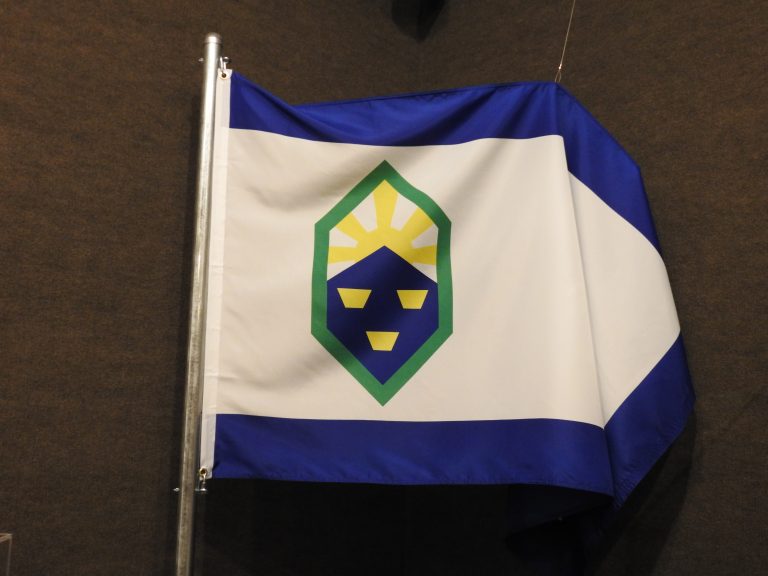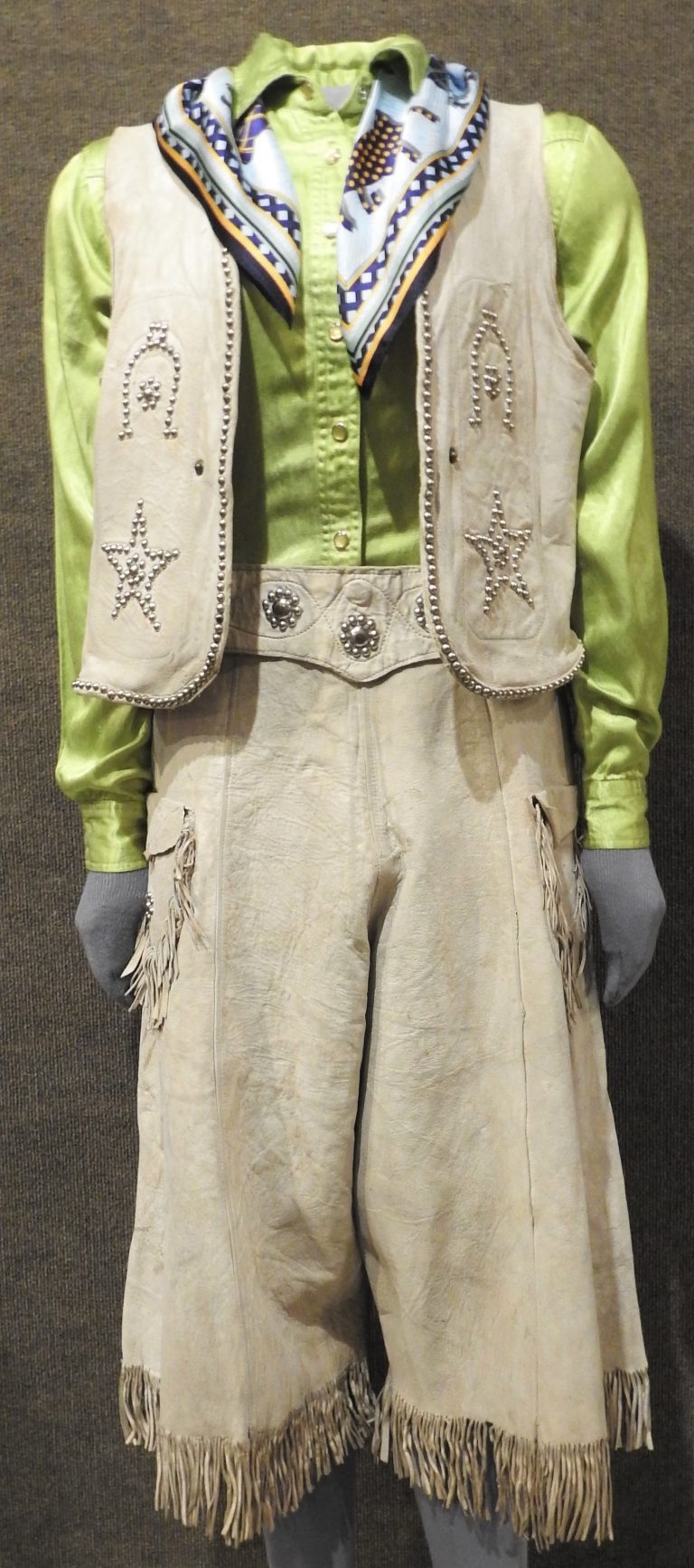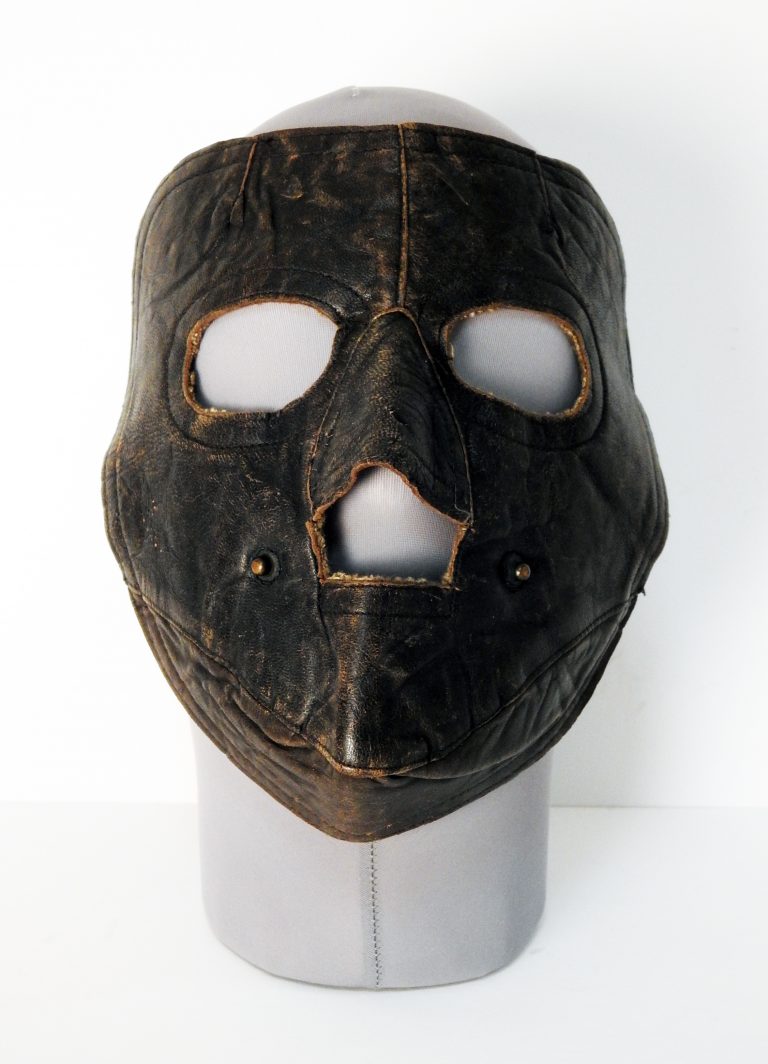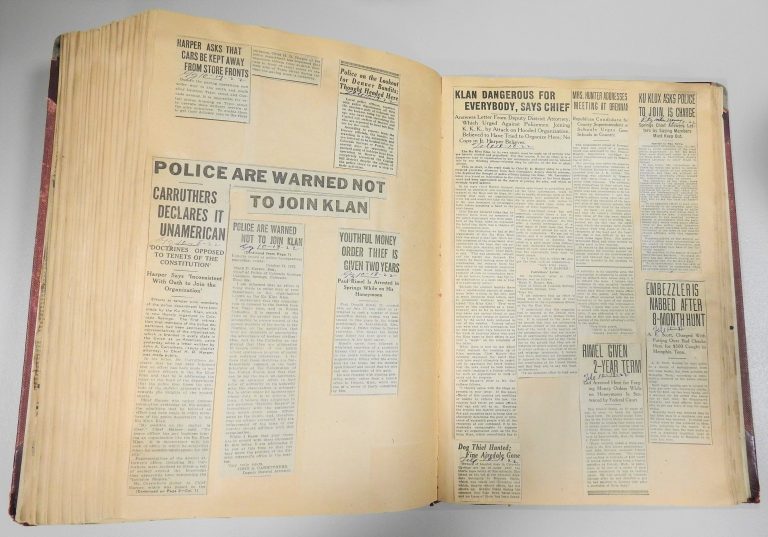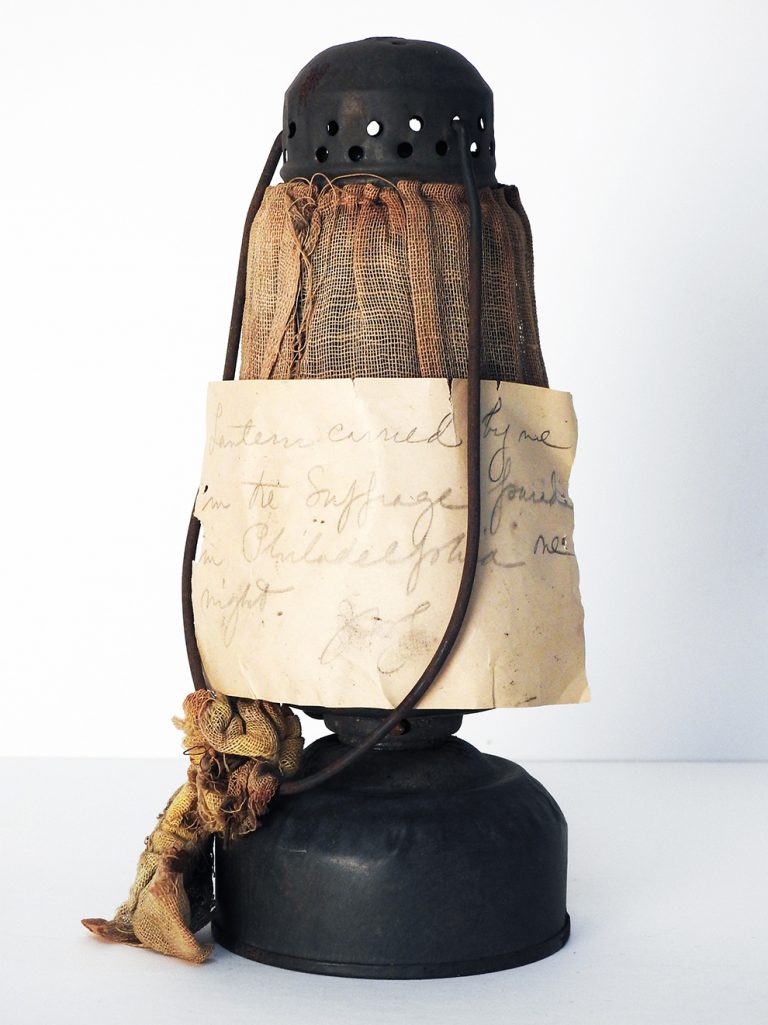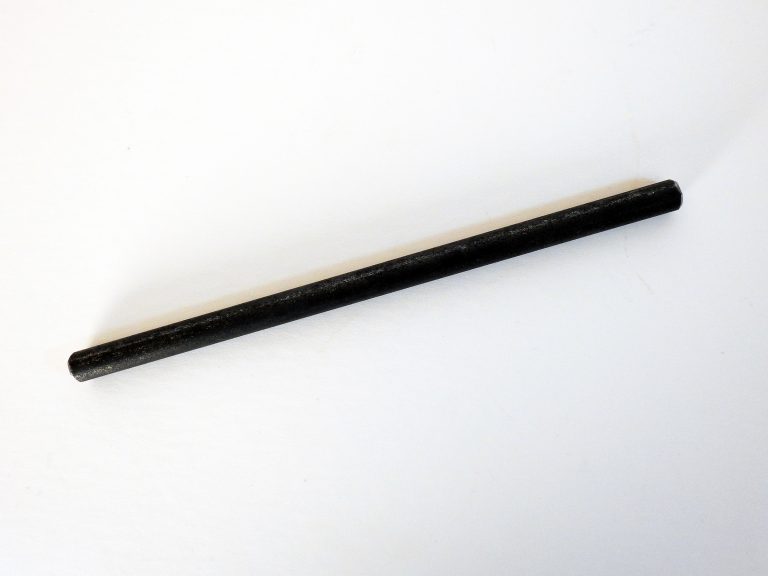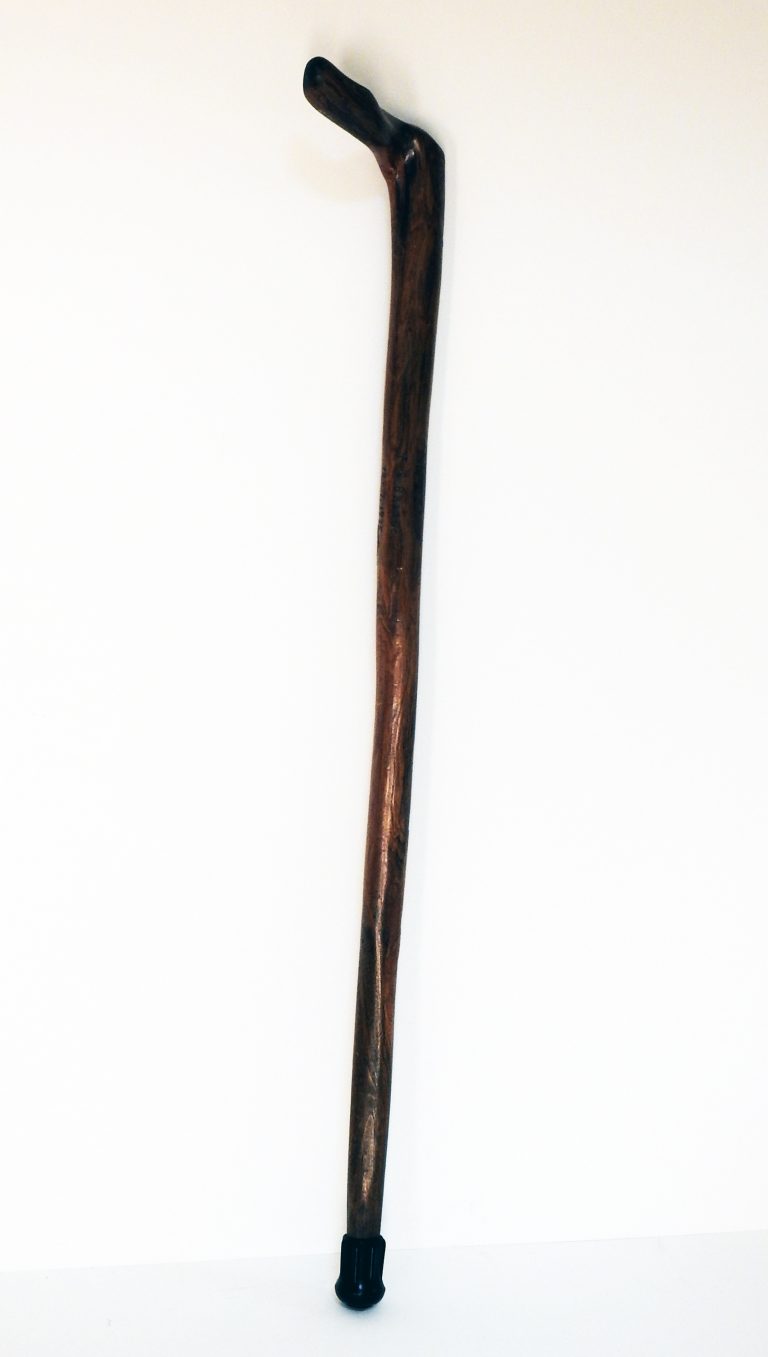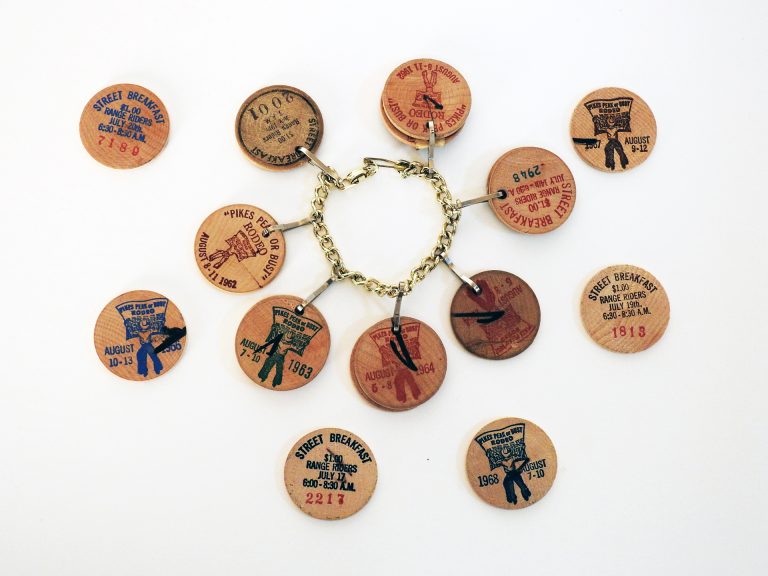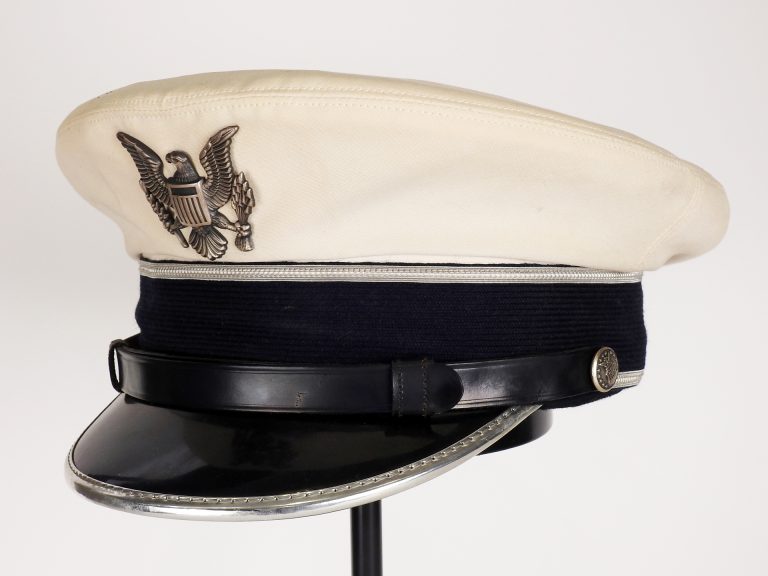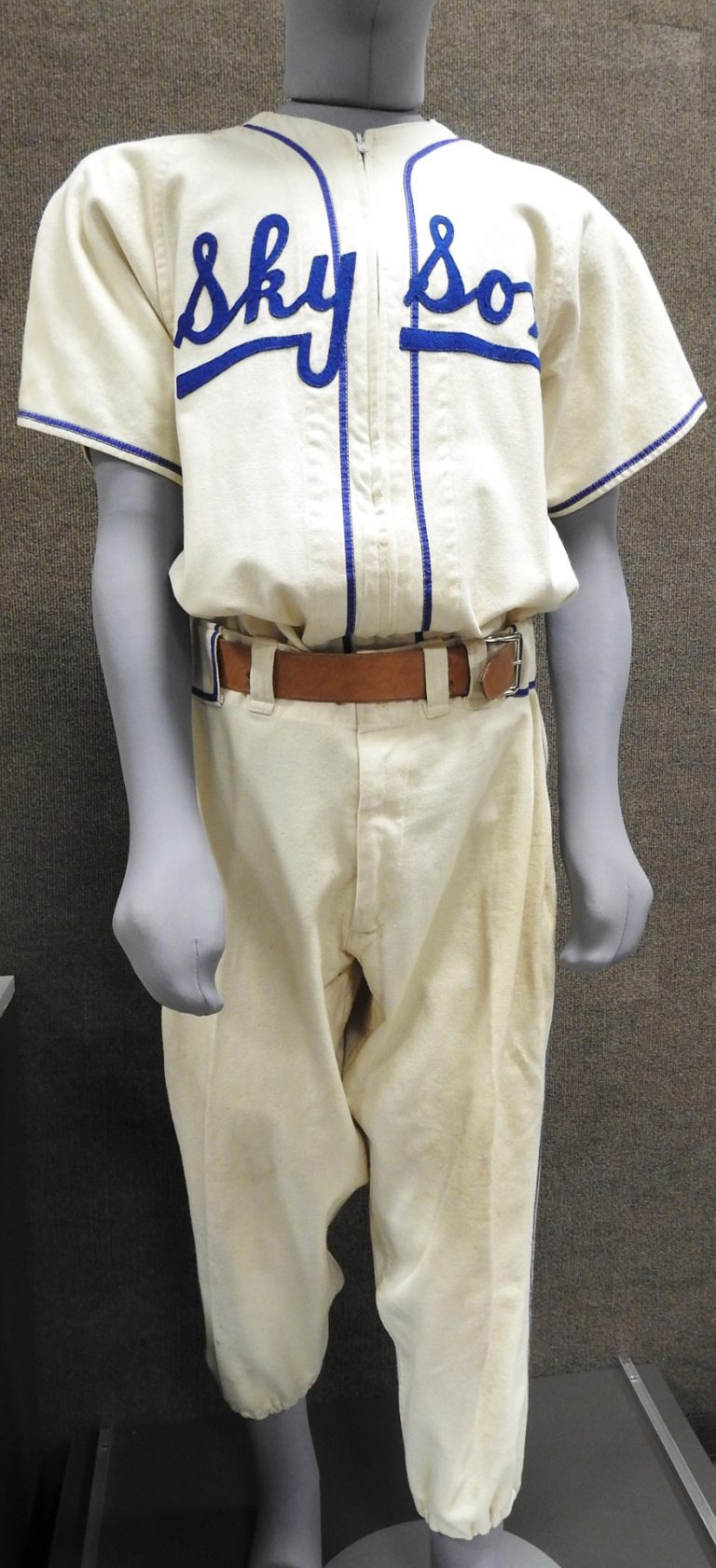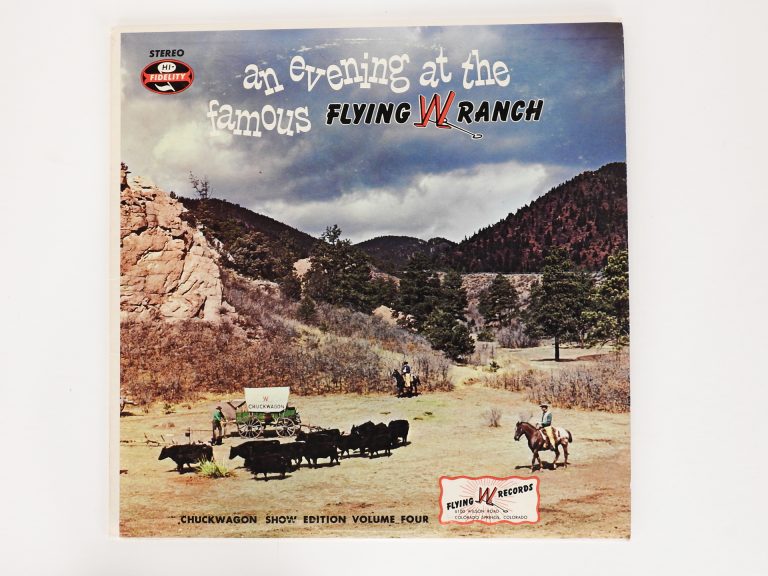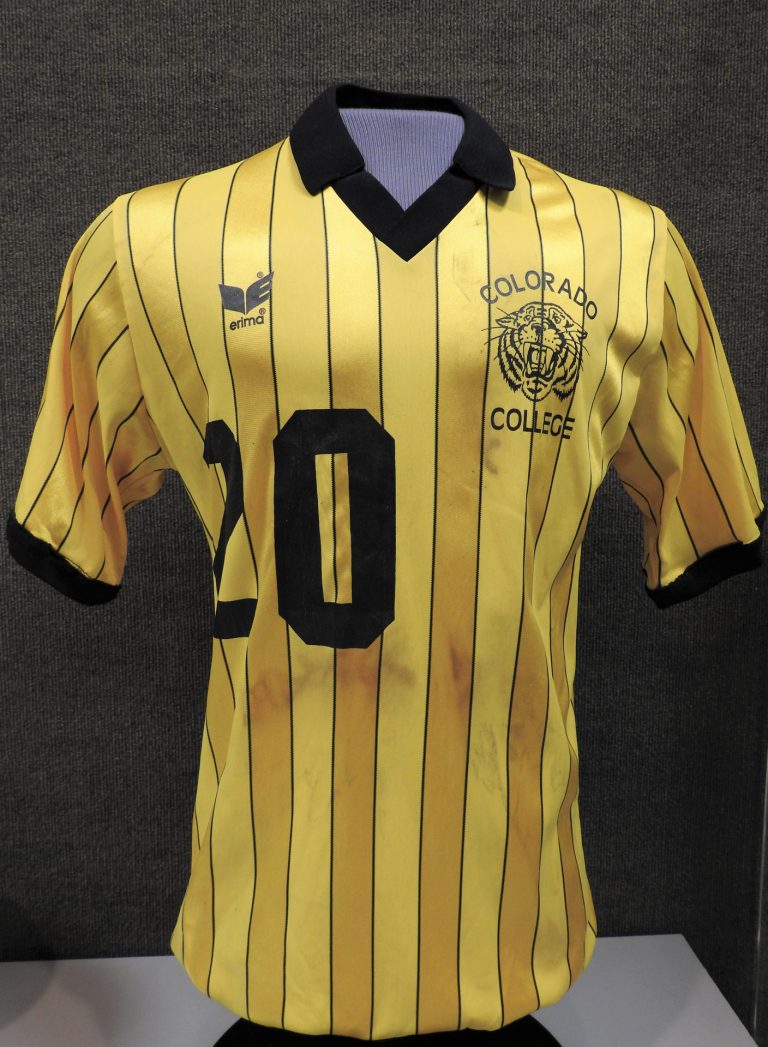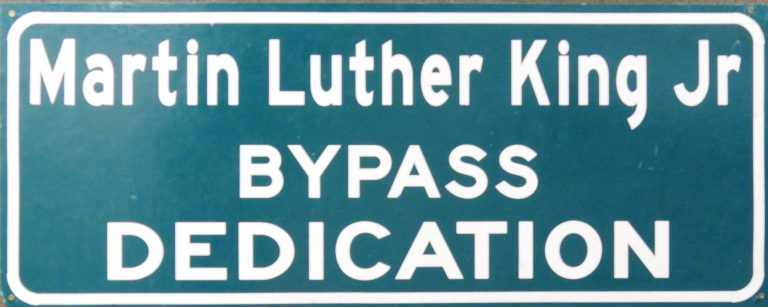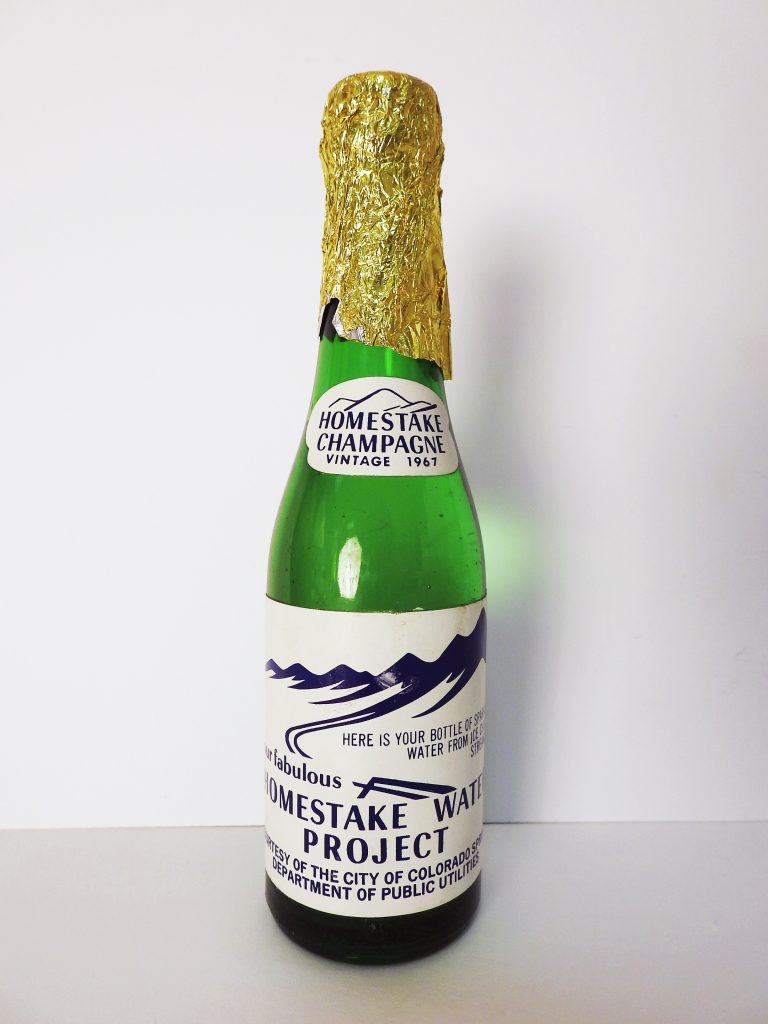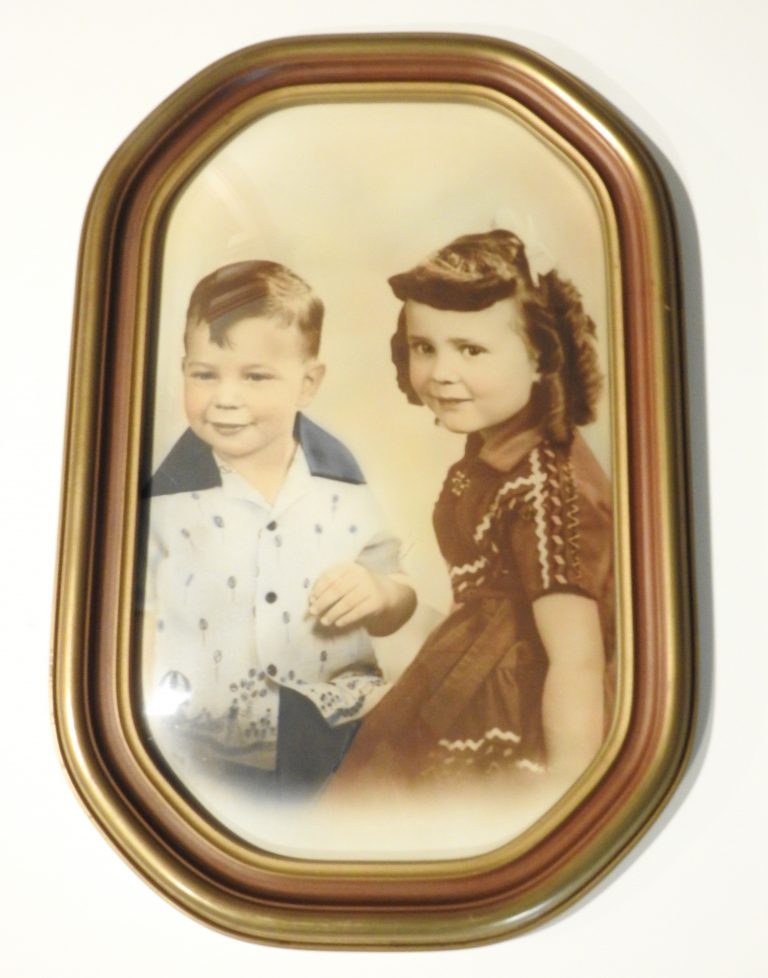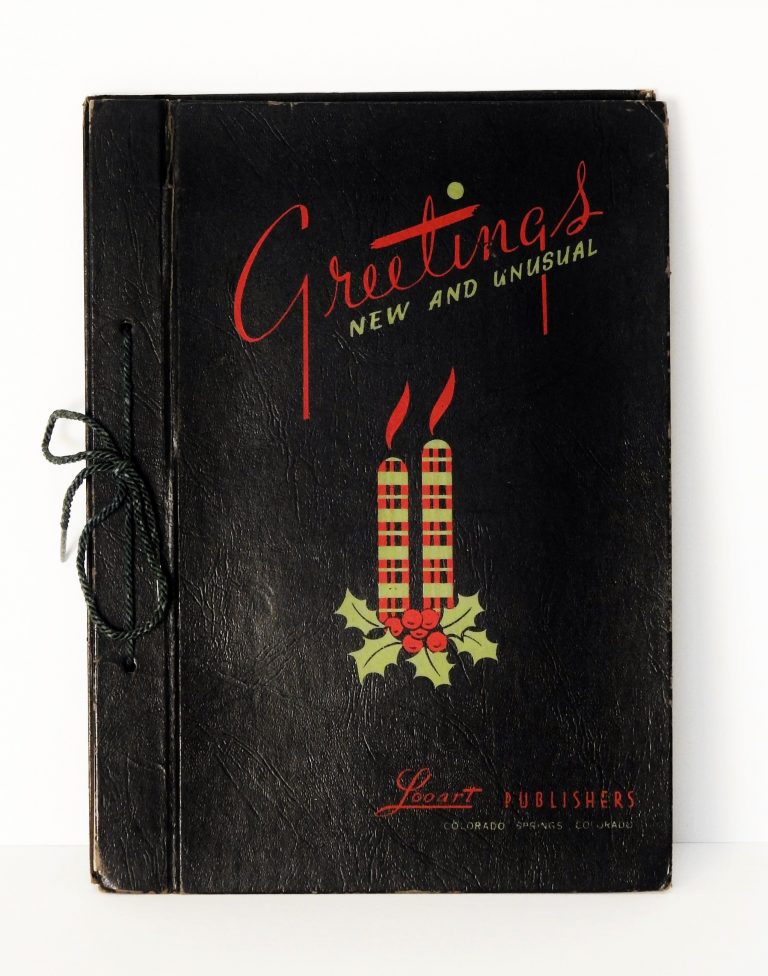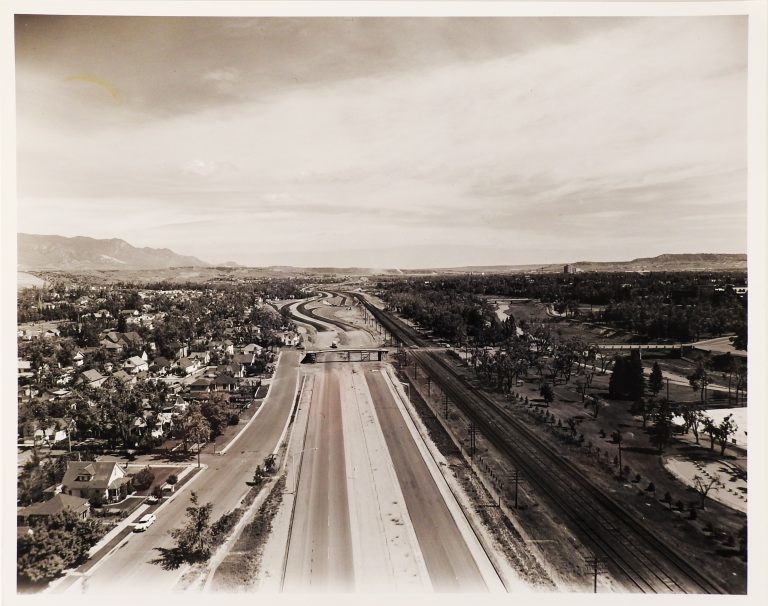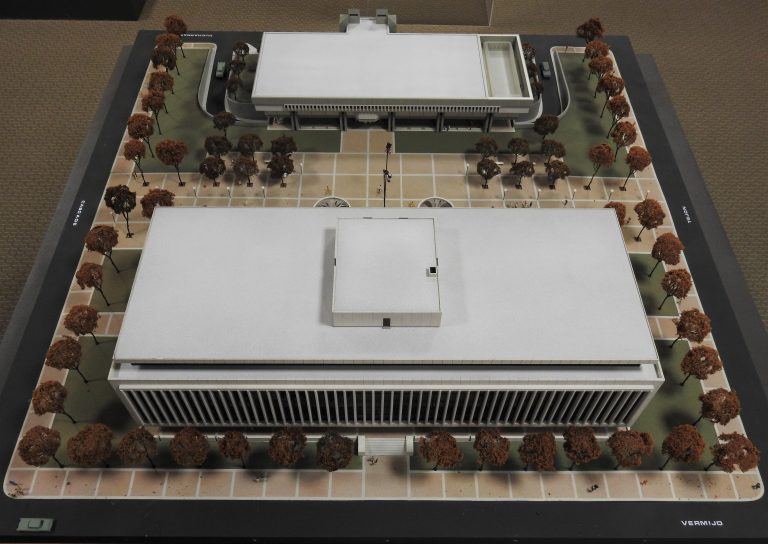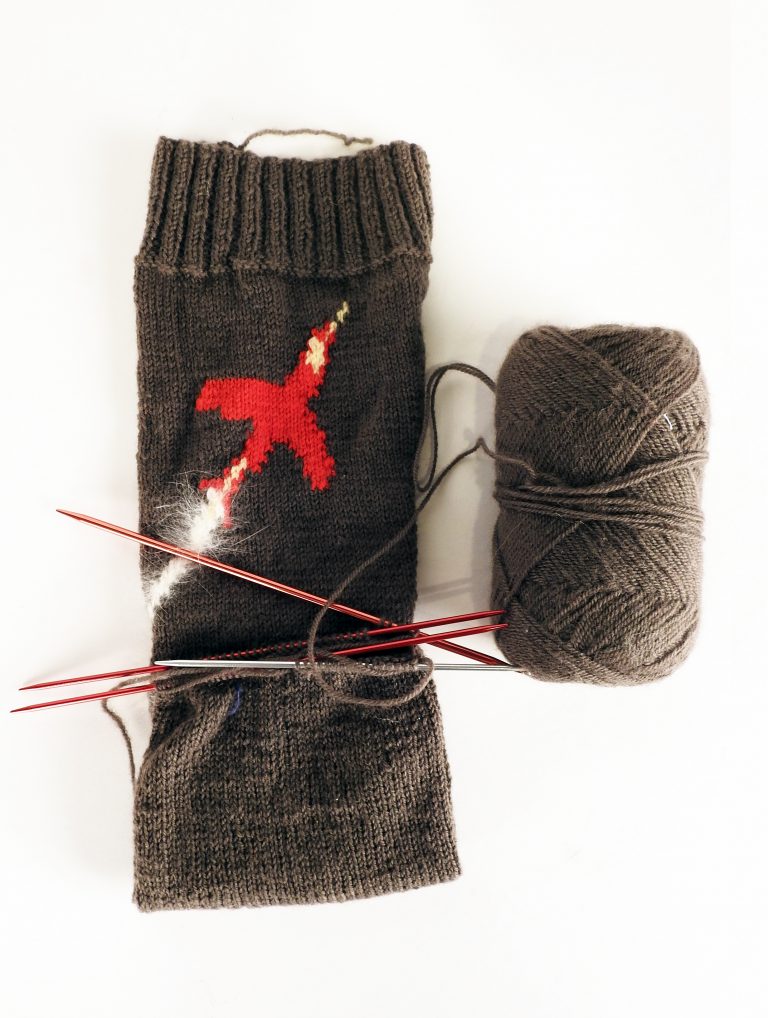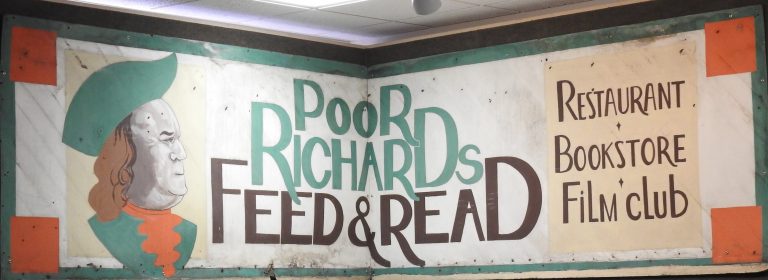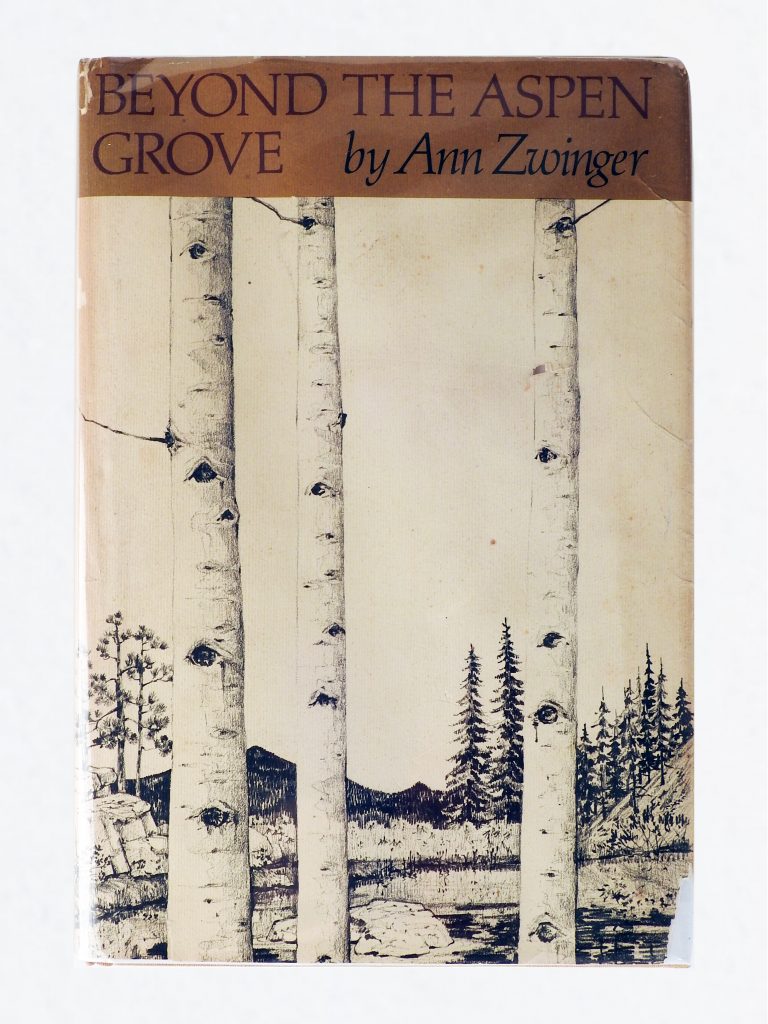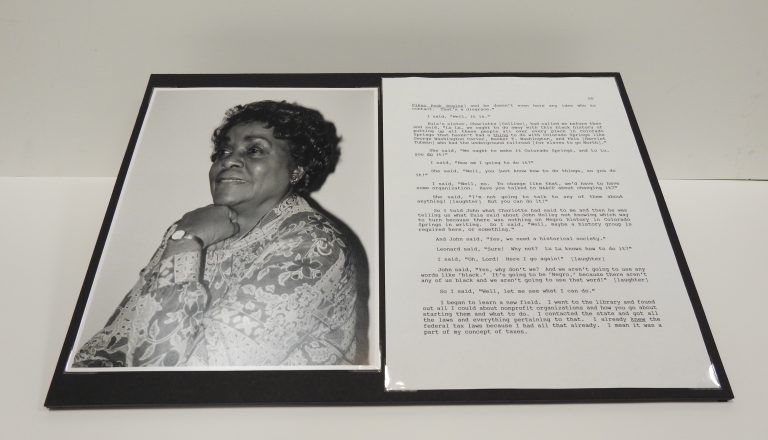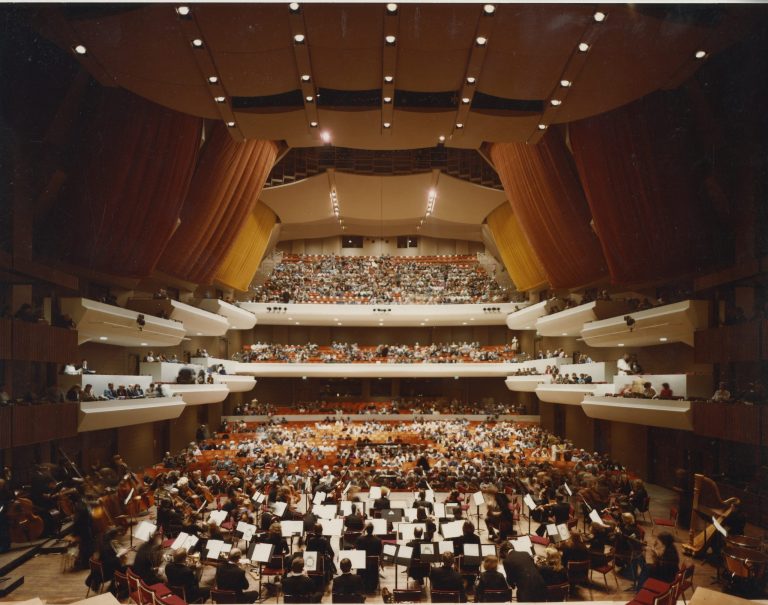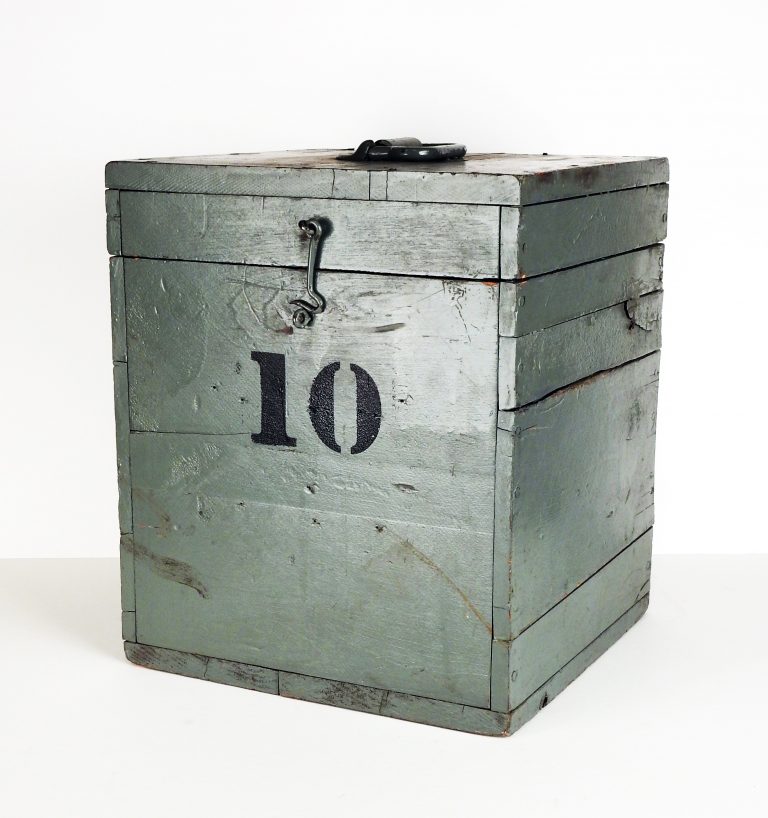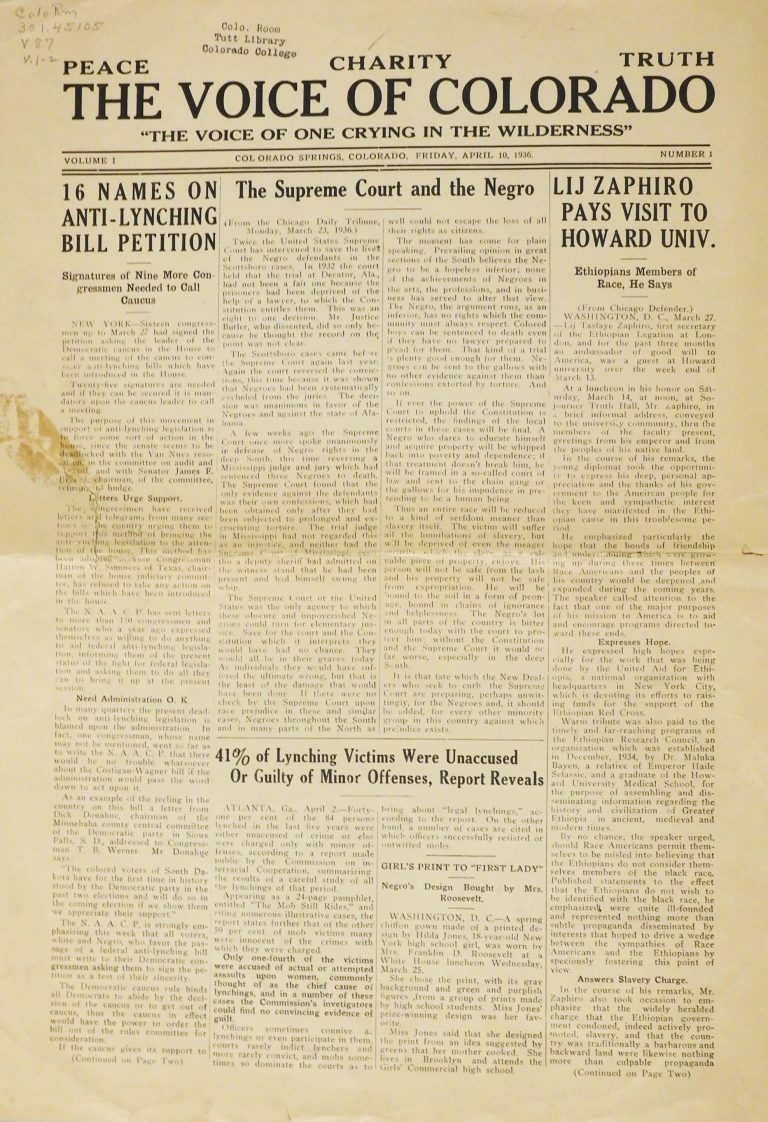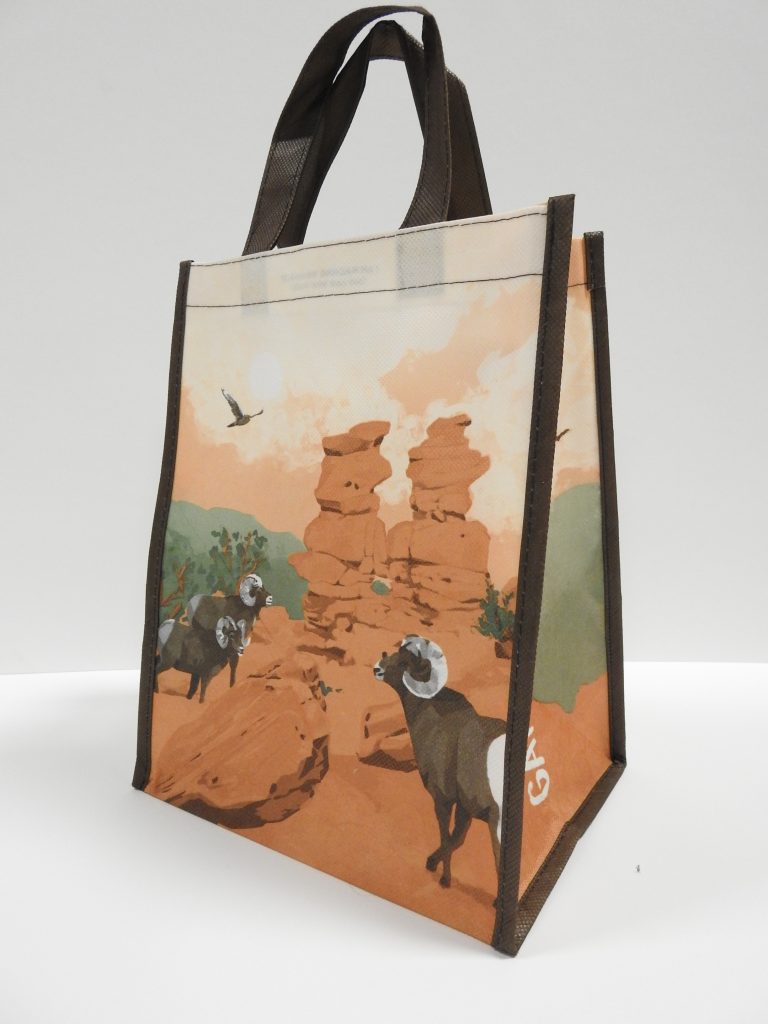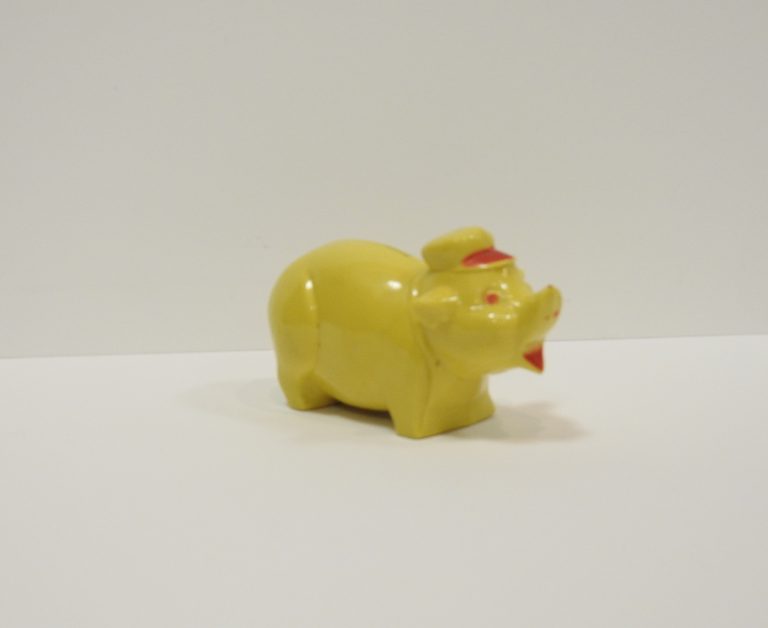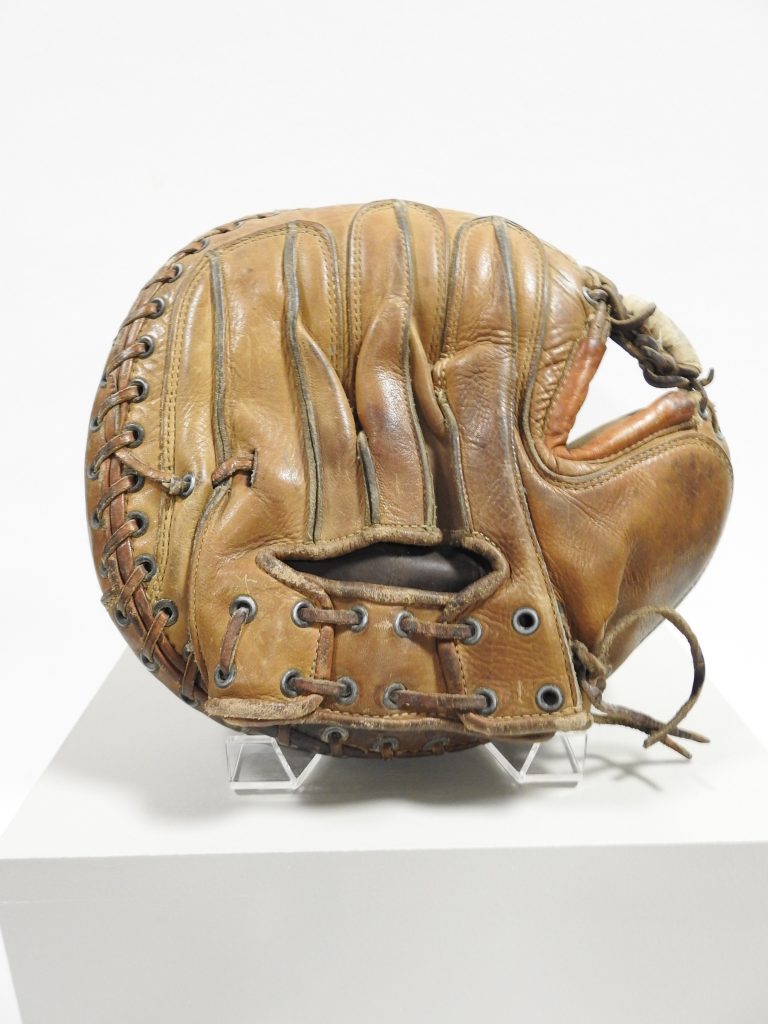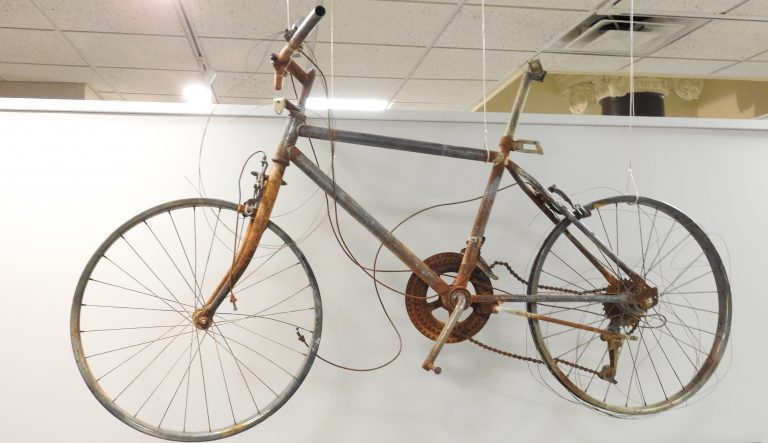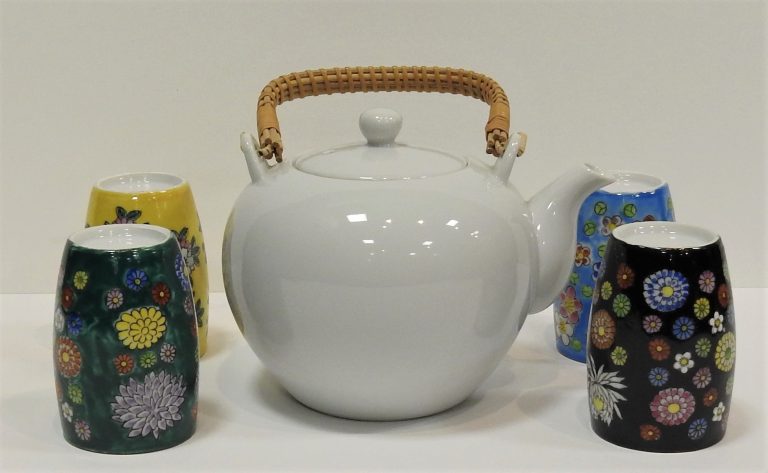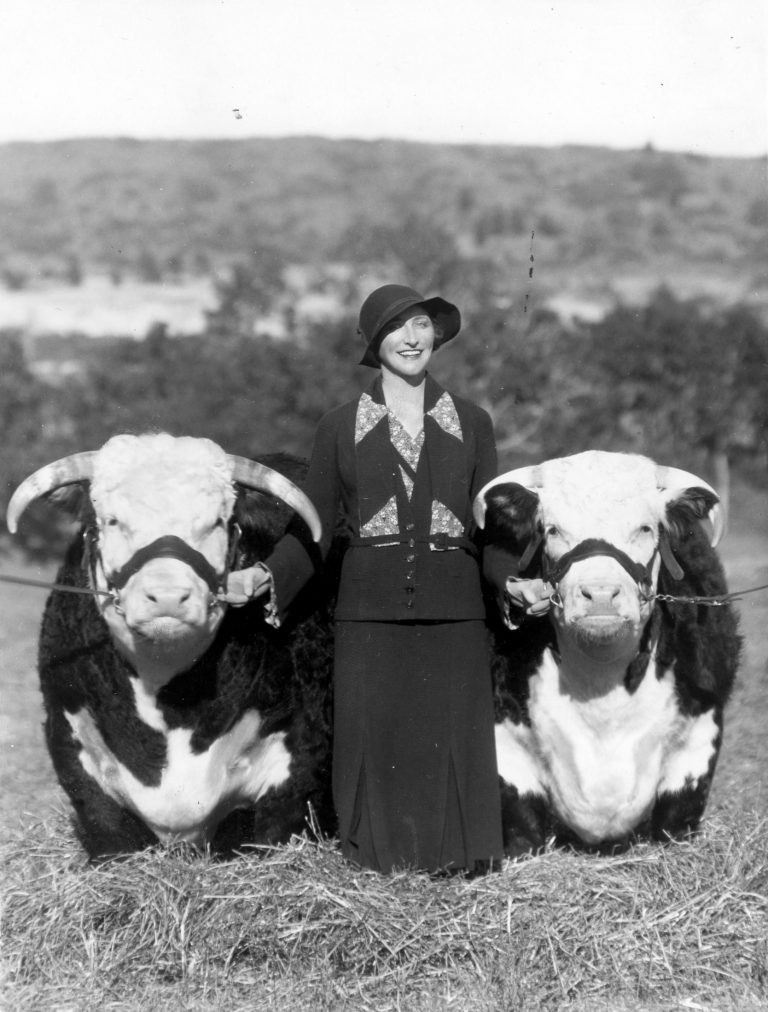Exploring Colorado Springs' Story Through Objects
Whether you were born and raised in Colorado Springs, transferred for a job, stationed here in the military, or came here by choice – we are all part of our city’s history. 2021 marks the sesquicentennial anniversary of the founding of Colorado Springs, and this anniversary presents a unique opportunity to reflect on the past, consider the present, and contemplate the future.
While the first stakes of the Fountain Colony were planted on July 31, 1871, General Palmer was away on business. However, it was his unique vision for this place, outlined in a letter to his fiancé (later wife) Queen Mellen, that led to the creation of Colorado Springs:
“…Near here are the finest soda springs and the most enticing scenery. I am sure there will be a famous summer resort here soon after the railroad reaches Denver…”
General Palmer saw something in this place that other city-builders did not. Greeley Colony founder Nathan Meeker spent an afternoon looking for potential town sites in the area. While he and the General took a walk, “Palmer pointed over towards the foot of the mountains and said to Meeker, ‘somewhere over there I am going to make my home.’”
For Palmer, it was always about the mountains. He was captivated by the grandeur of the Rockies, the dizzying height of Pikes Peak, and the dramatic rock formations in the foothills. He travelled frequently for both business and pleasure, but loved Colorado Springs more than anywhere else in the world.
Historians see “Palmer’s fingerprints” nearly everywhere in the earliest days of our community: wide streets, parks, clean water, trees, and an economy built on tourism and health. The City of Colorado Springs was founded where, when, and why, as a result of his vision. But from then on, Palmer largely retreated from direct involvement and left the business of the town largely to itself. From then until now, it has been up to us – and still is.
When contemplating how best to share the history of our community’s past 150 years, we knew that one gallery, one exhibit, and even one book could not tell the complete story. Instead, we have chosen to examine 150 objects, illuminating 150 stories, exploring 150 years. To select the topics, we surveyed primary and secondary sources, invited community input, and searched our collections for interesting objects and important people and events.
The stories in the gallery are organized chronologically, roughly ten per decade, but not one per year. Short descriptions accompany the objects, and visitors are invited to open the QR codes to explore further. Although the path is chronological from 1871 to the present, there is no right or wrong way to move through the gallery.
Our team worked hard to assemble a wide variety of materials to interest visitors of all ages. However, there are common threads running through the entire exhibit: creativity, philanthropy, health, athletics, Civil Rights, education, military, tourism, nature, and science and technology.
There is no doubt that we have left out important stories. How could we not? With 150 years of rich, complex, and diverse history – our story is much more interesting and complicated than any one project could possibly capture. Most importantly, none of this was inevitable.
Writing to his younger brother Charley in 1860, a young William Jackson Palmer discussed the speed and technology of railroads. He asked Charley to consider how fast they might go in 1870, or 1880, encouraging his brother to not limit his imagination based on the way things were, when you have no idea what they could be.
“…You and I must endeavor to…never get any prejudice in favour (sic) of things as they are, simply because nothing different has before been suggested.”
This is timeless advice. As we reflect on the past, consider the present, and contemplate the future, what kind of community do we want to create? What would we like Colorado Springs to be? Our history is important. And so is our future. No matter what, let’s continue the conversation.
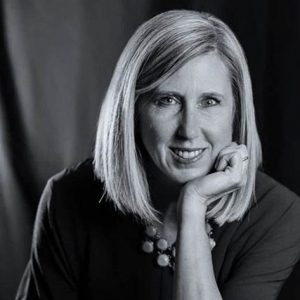
Leah Davis Witherow, Curator of History
2000-2020
Generously Sponsored by:

Media Sponsor:

